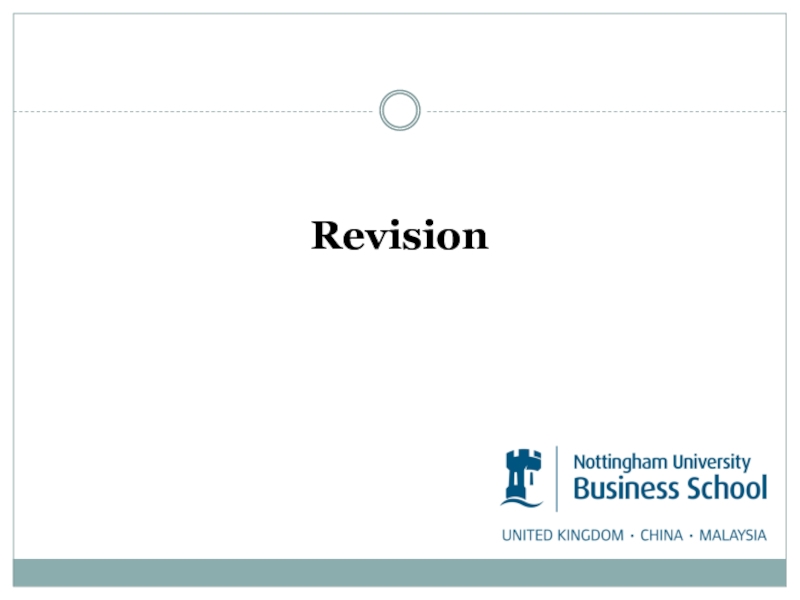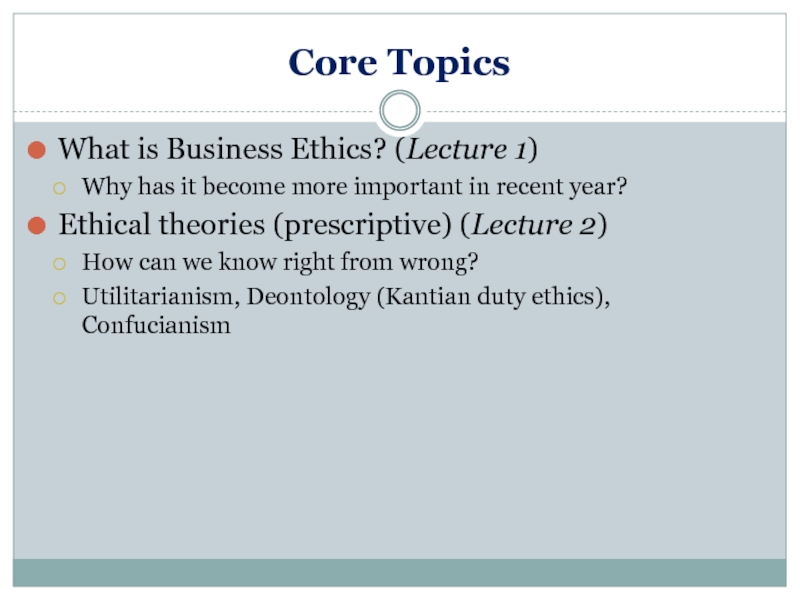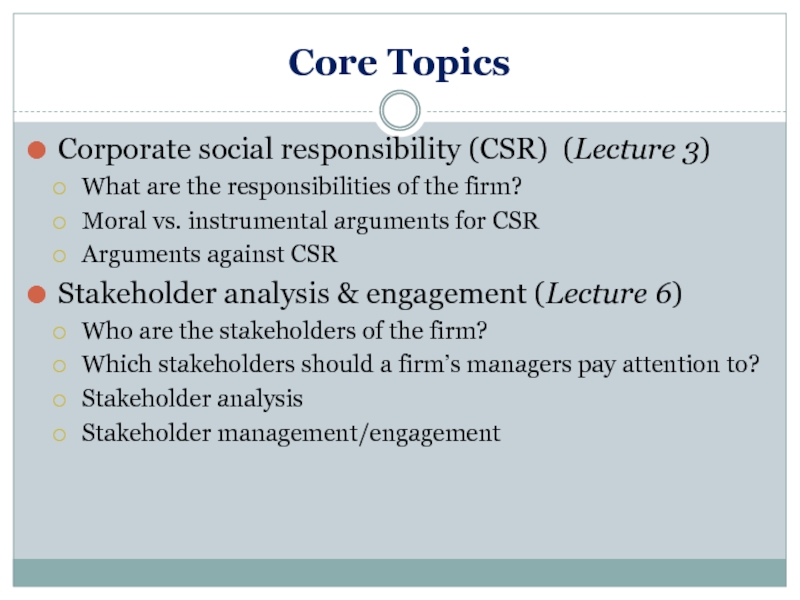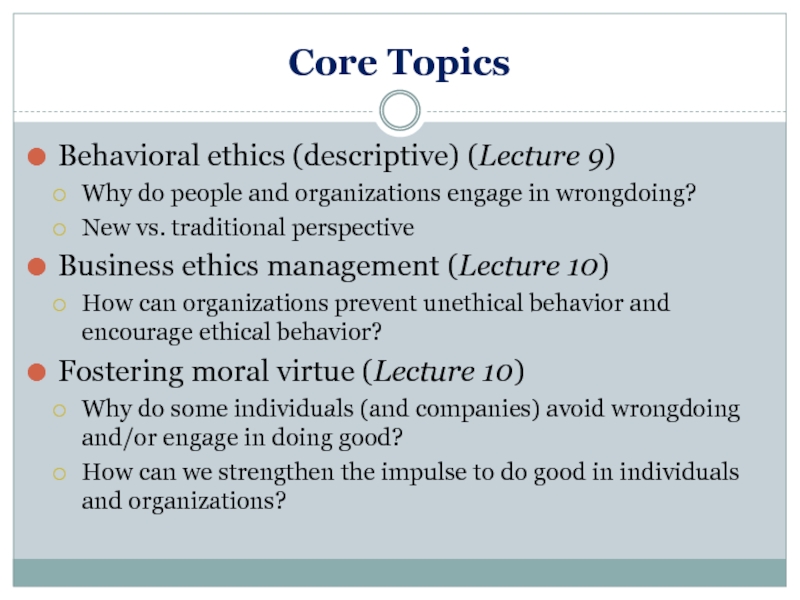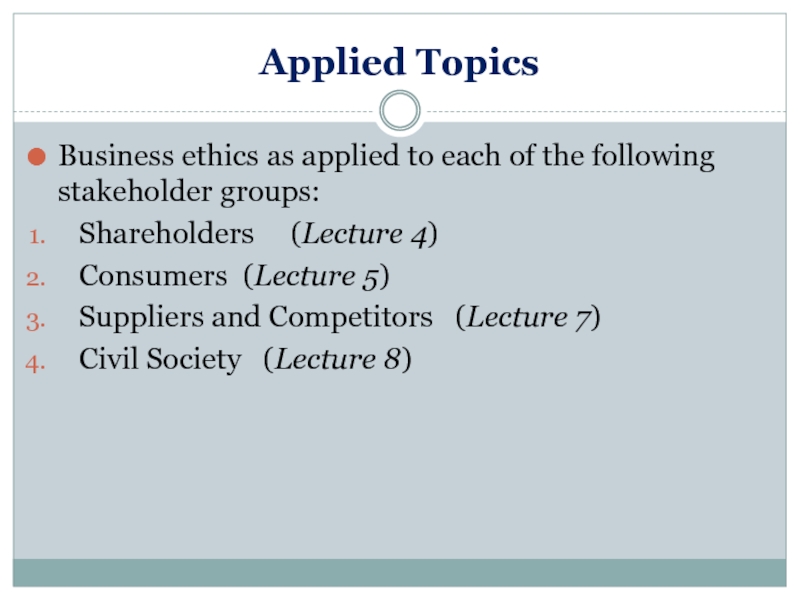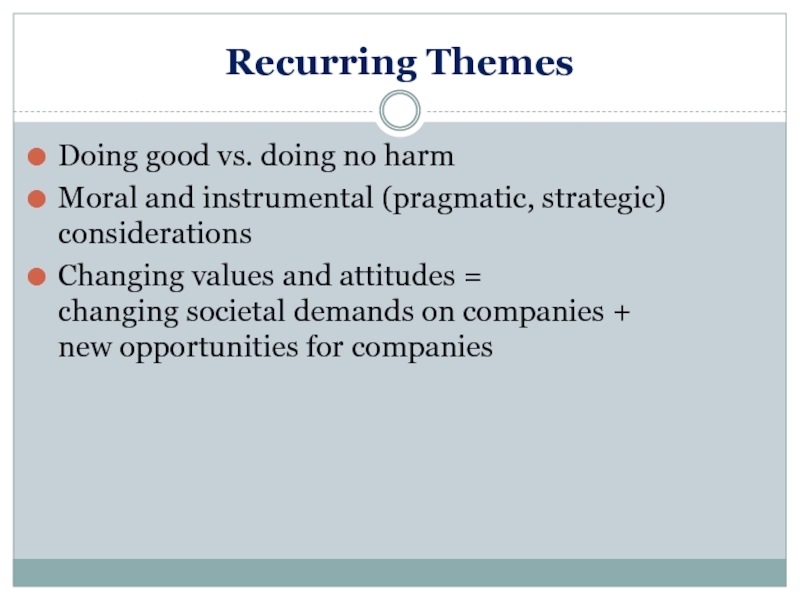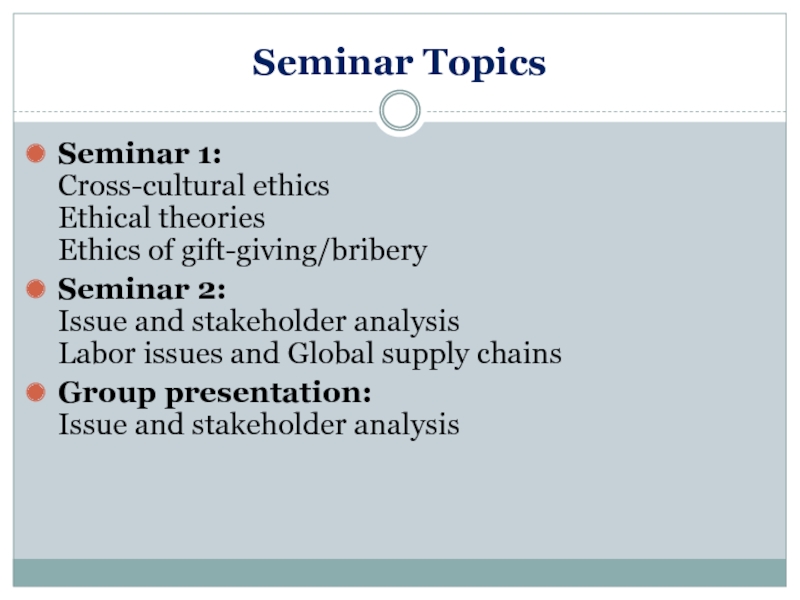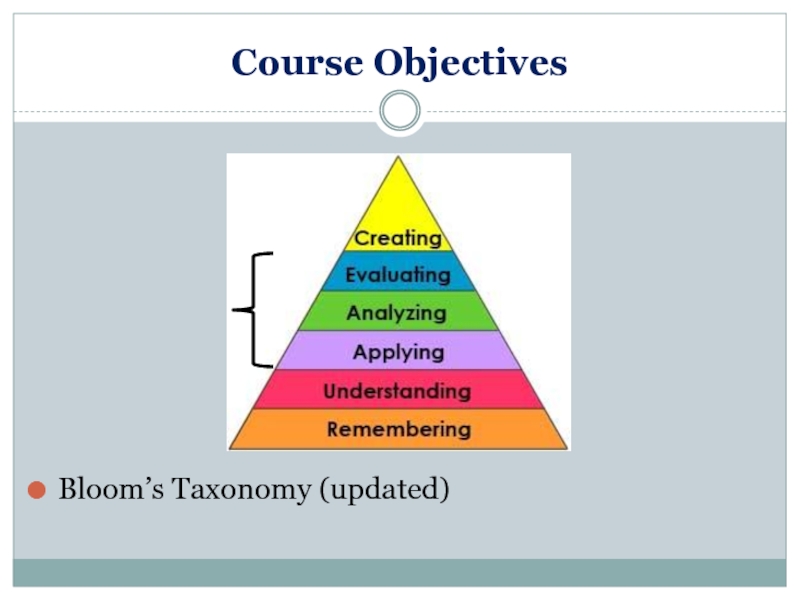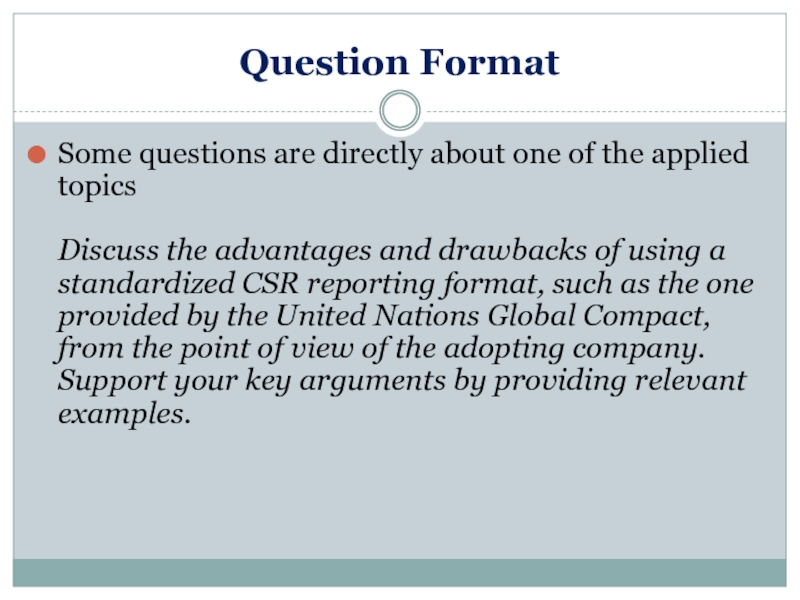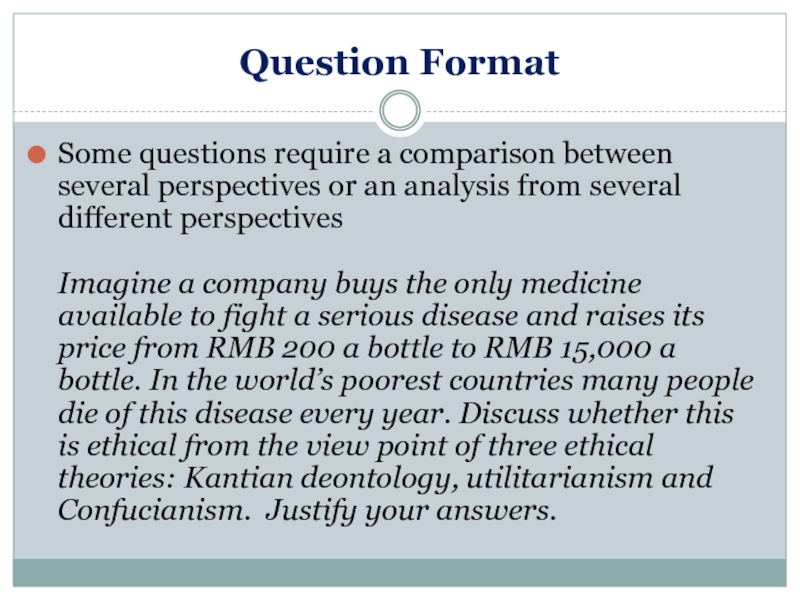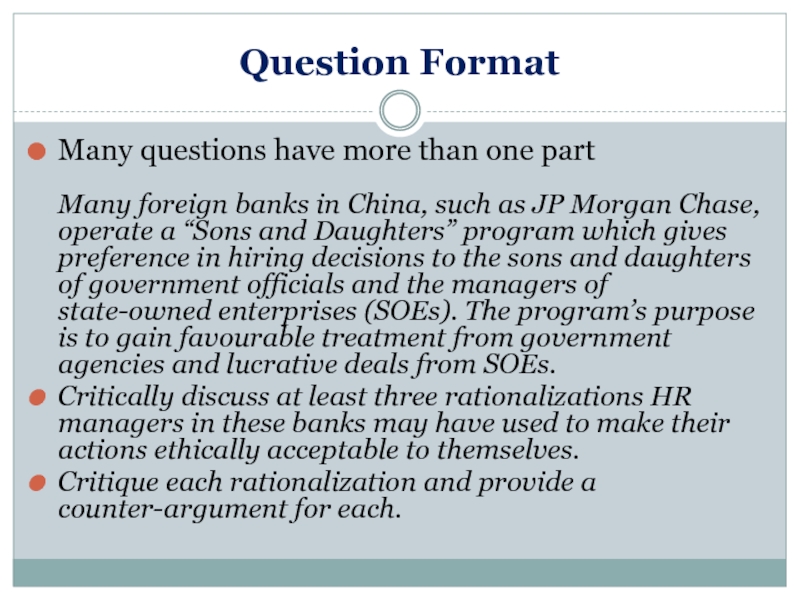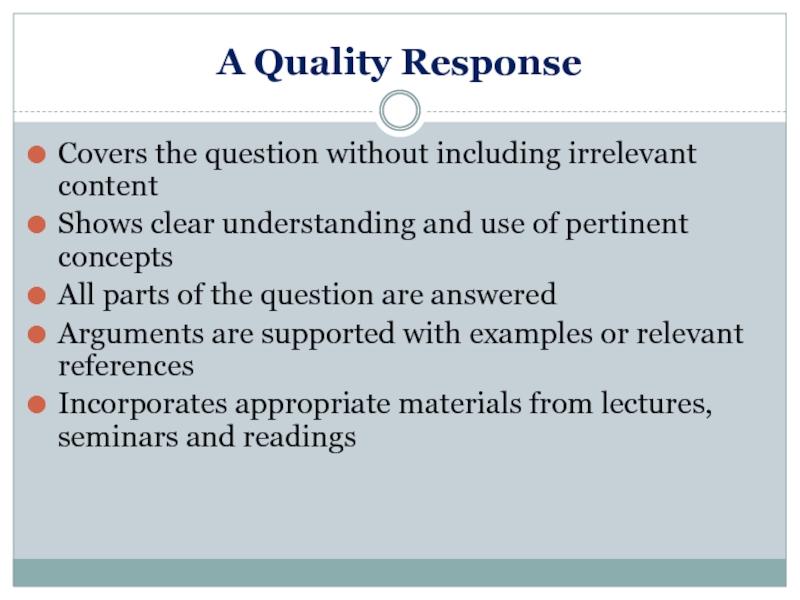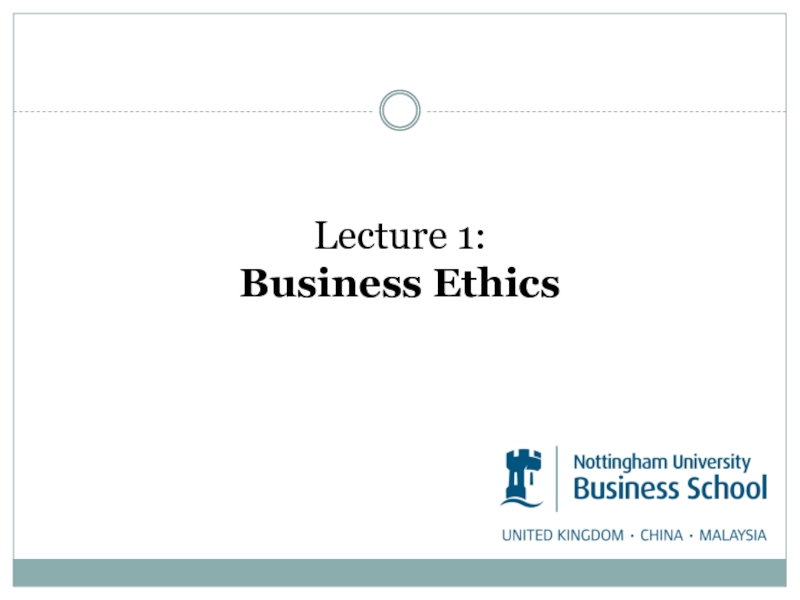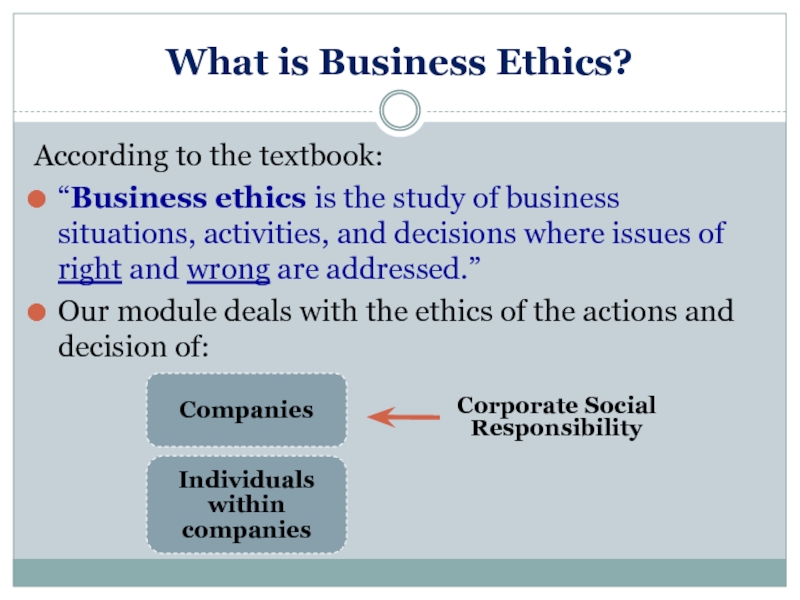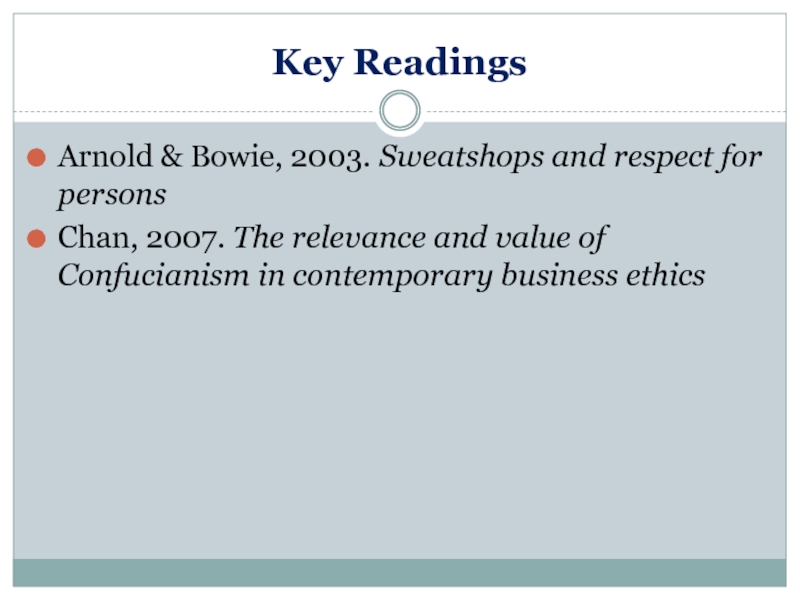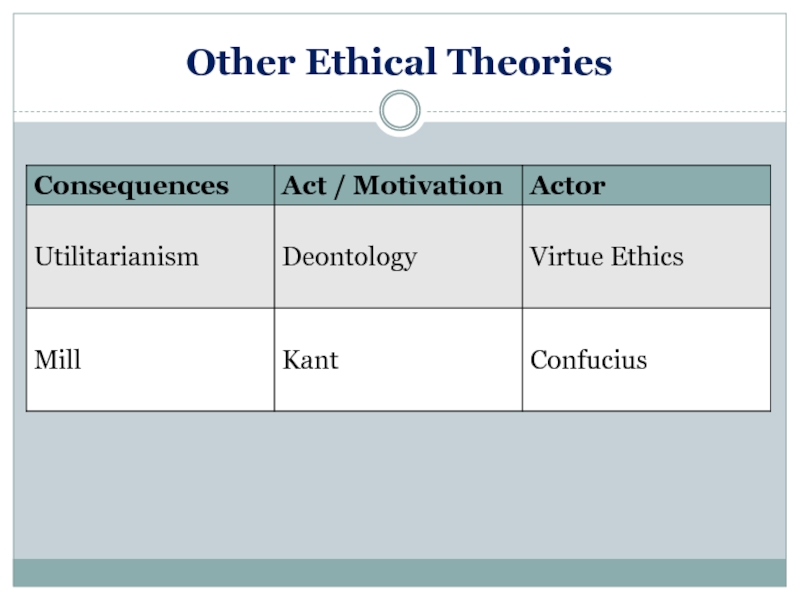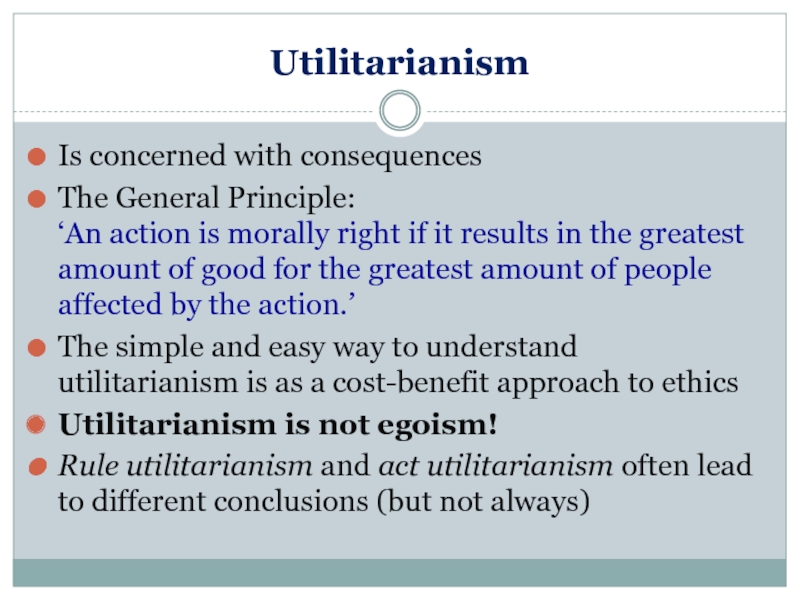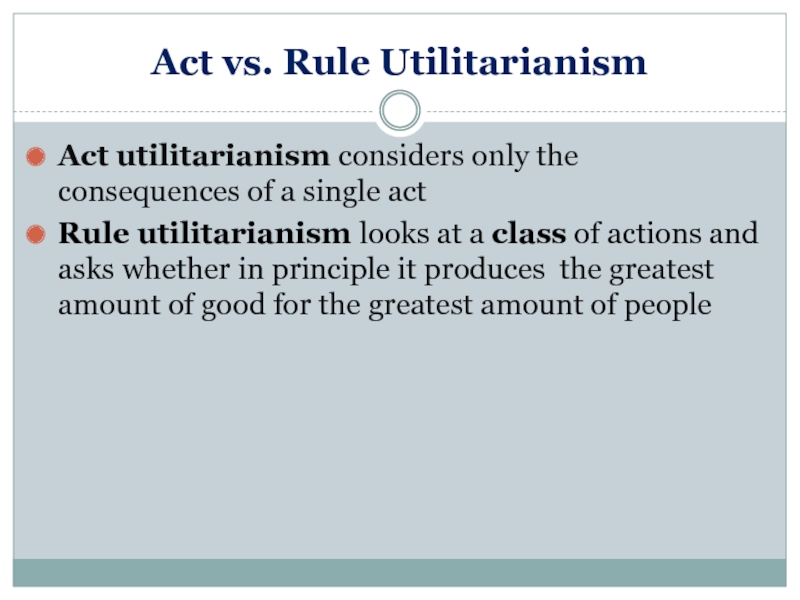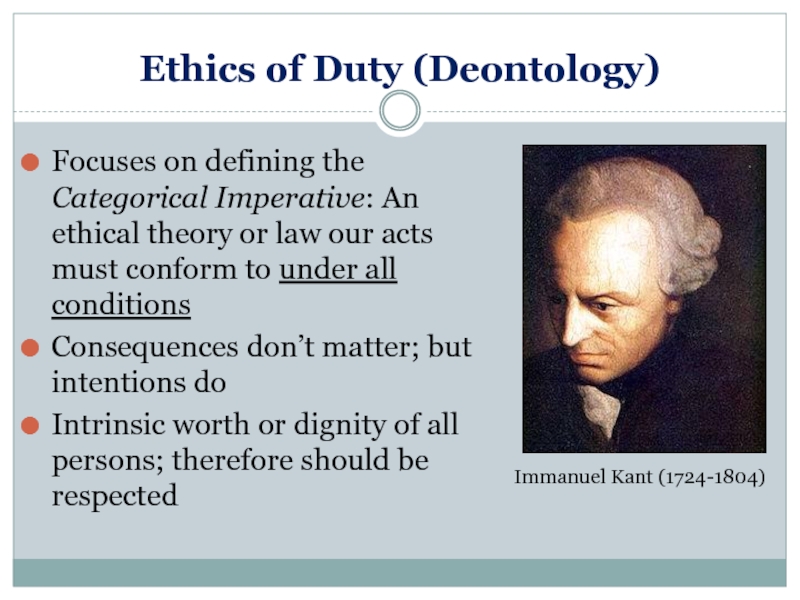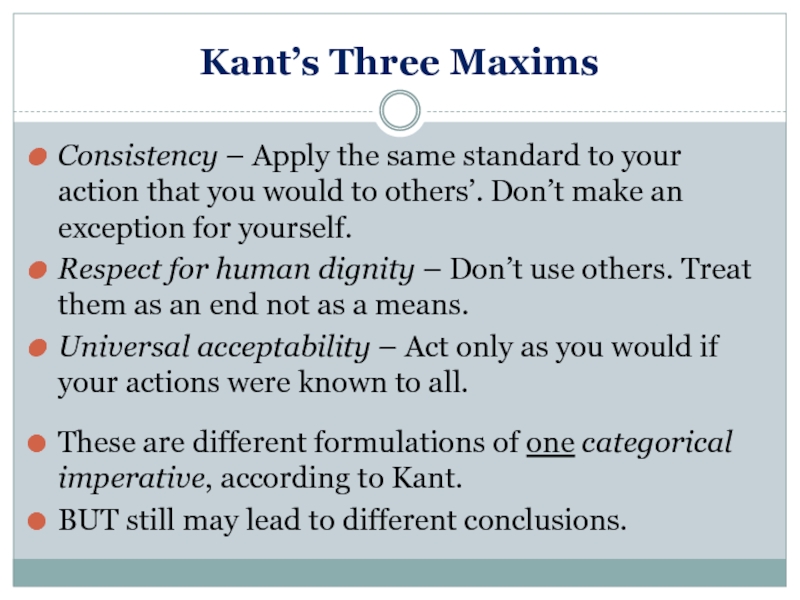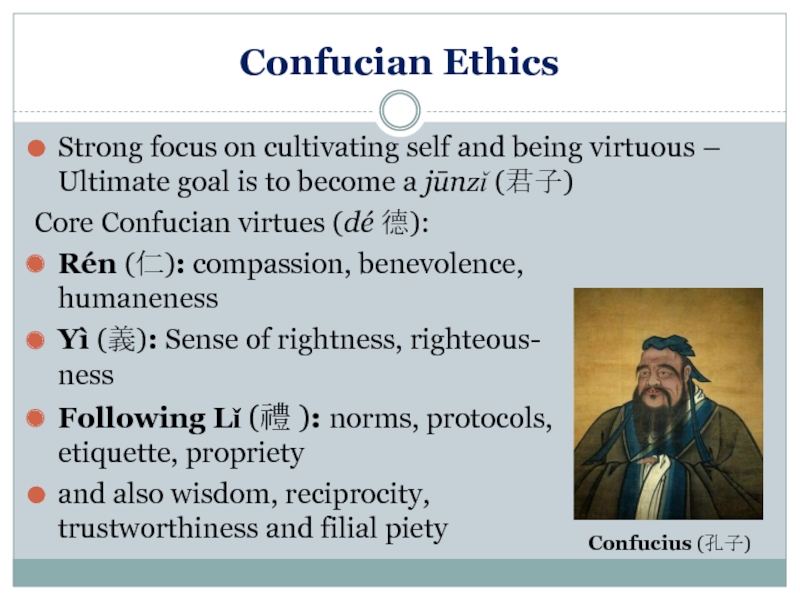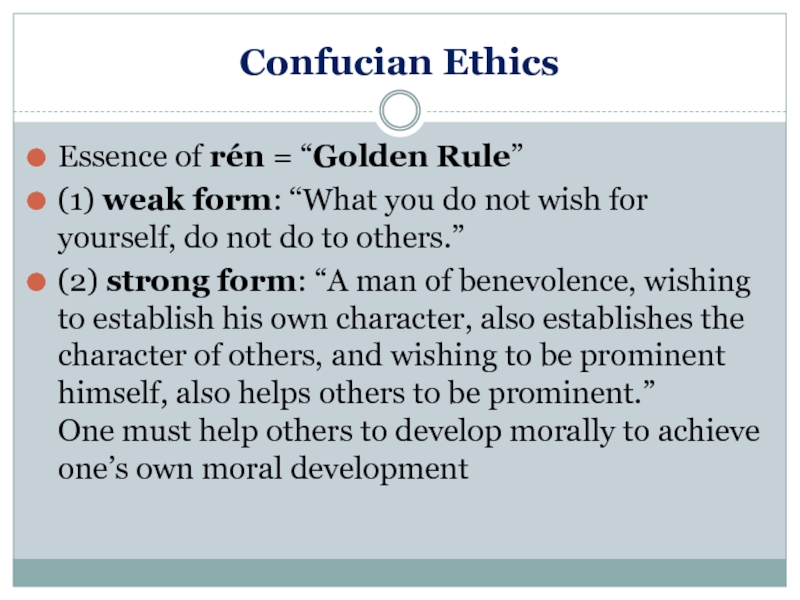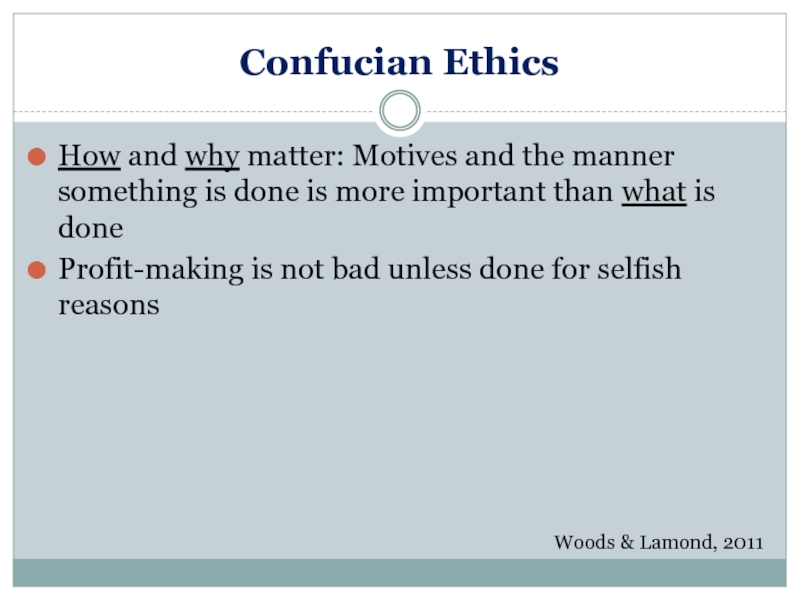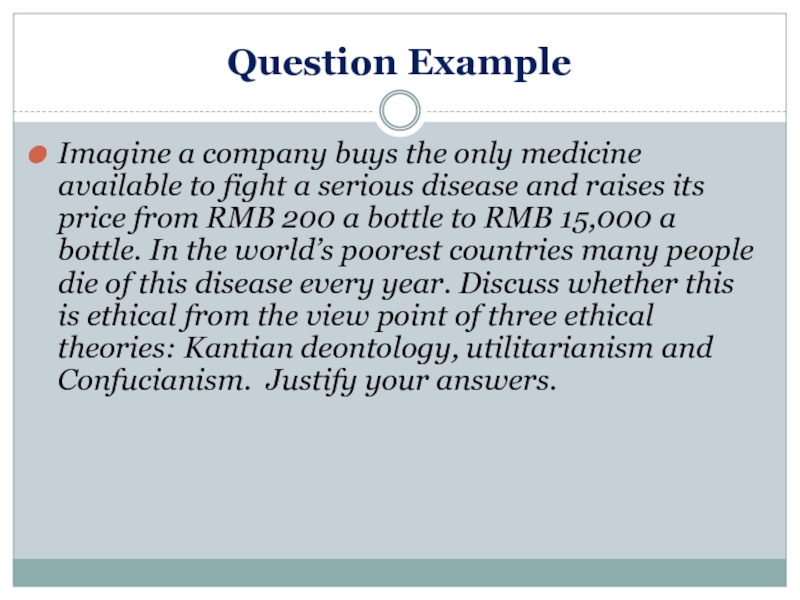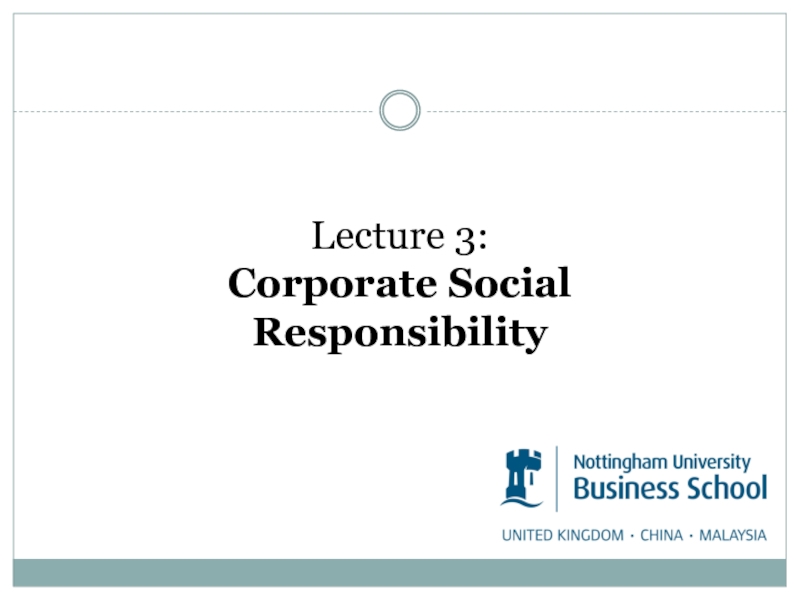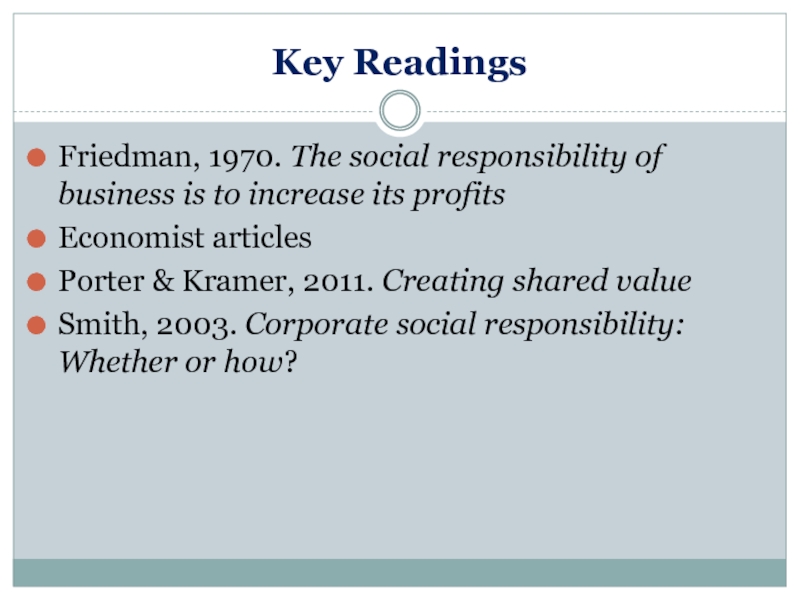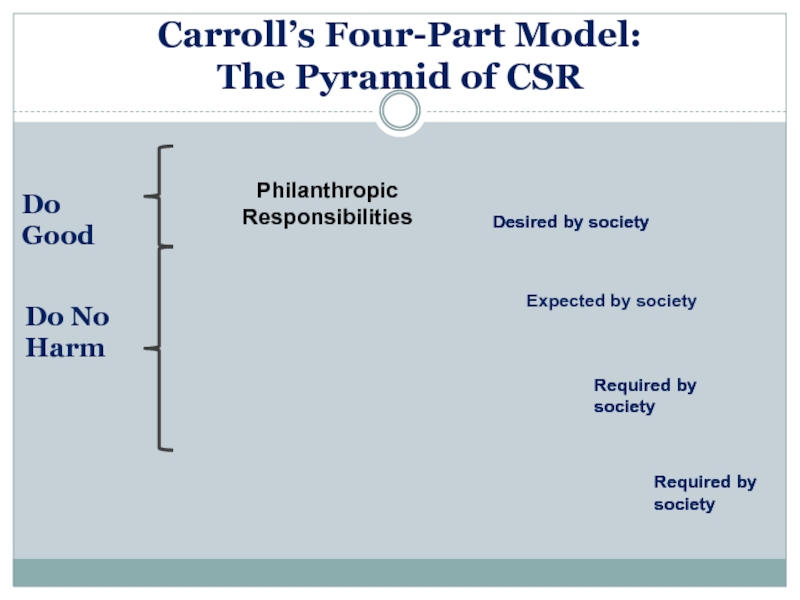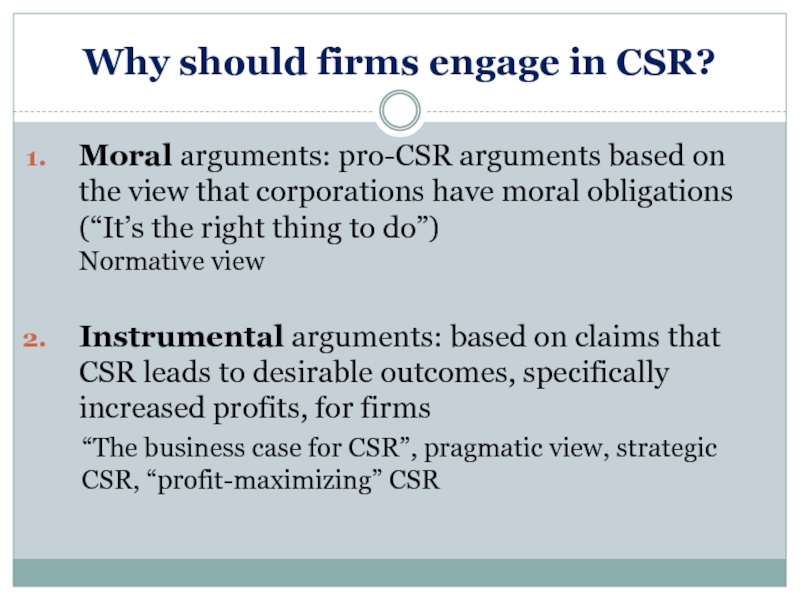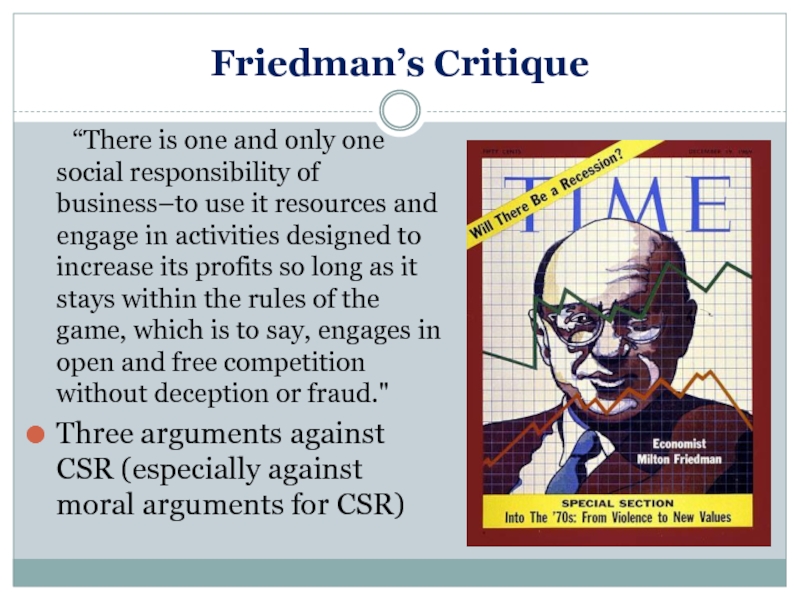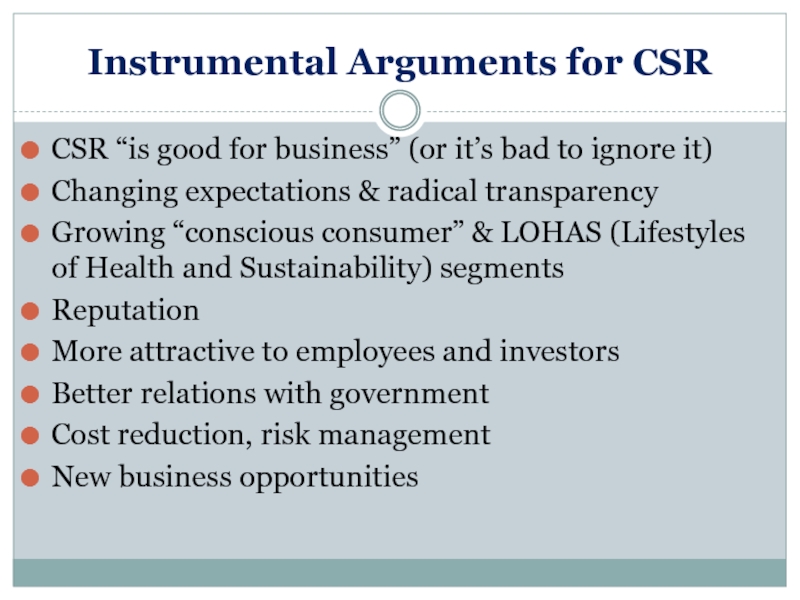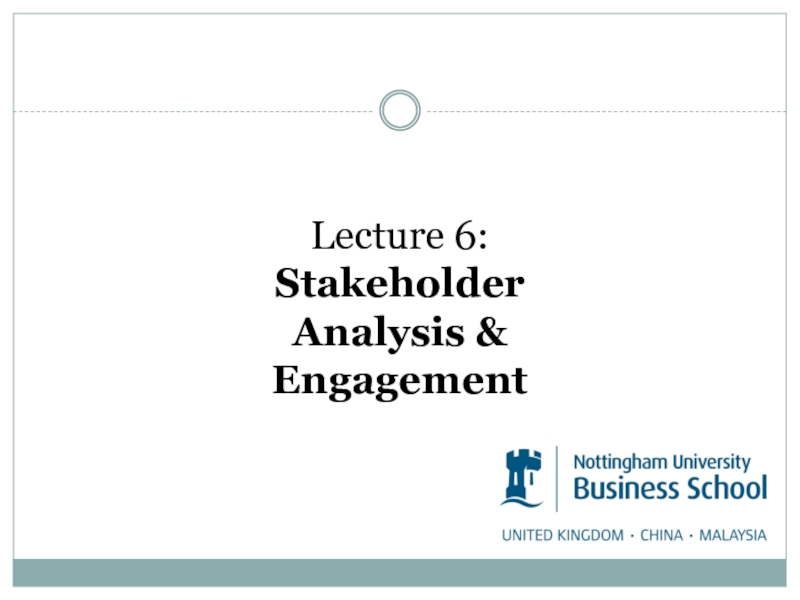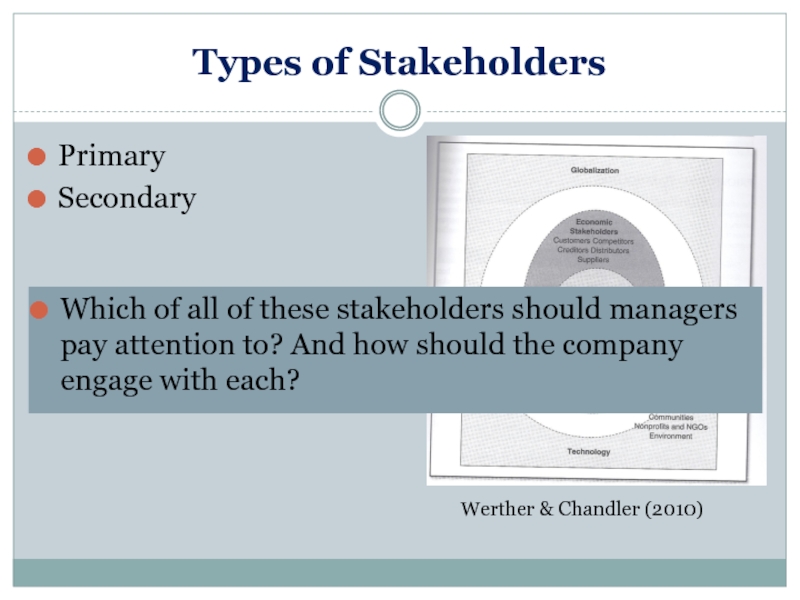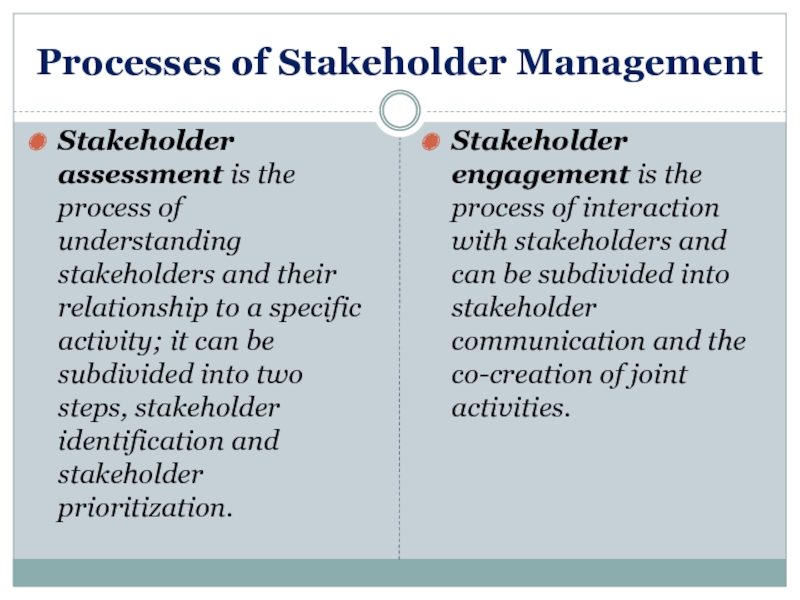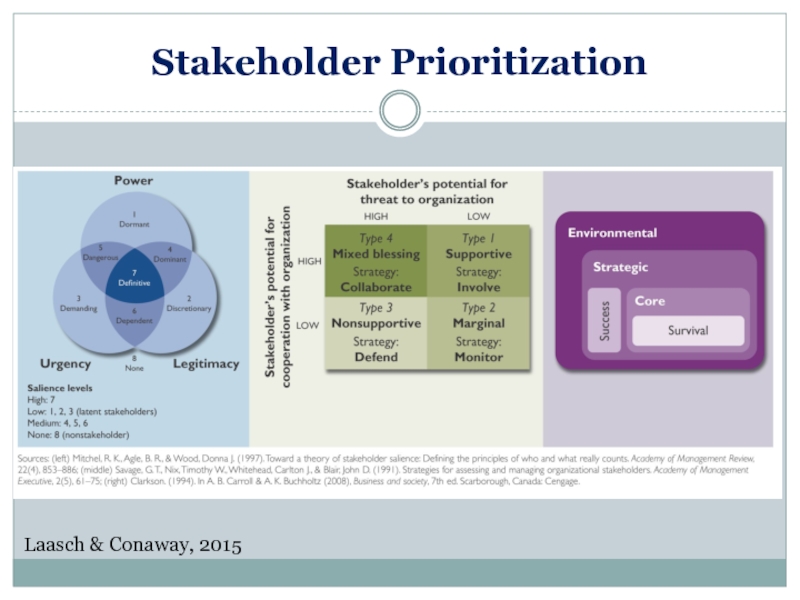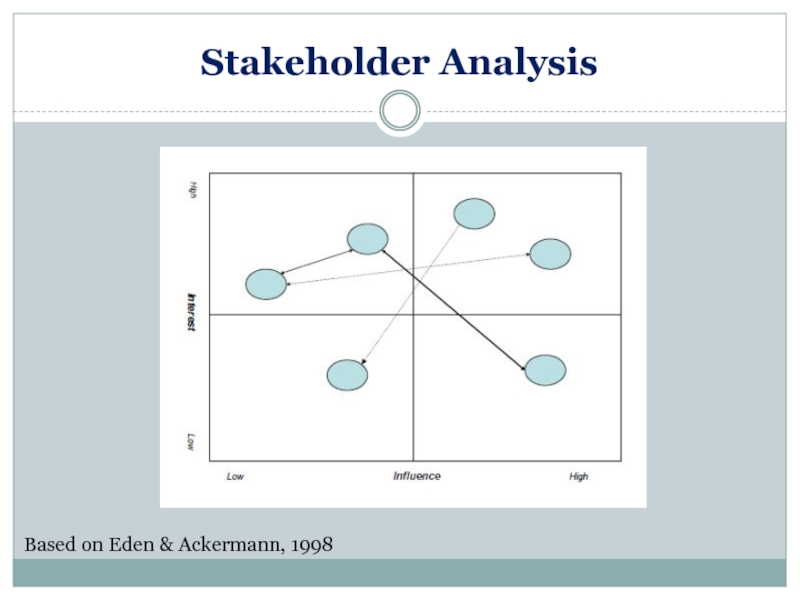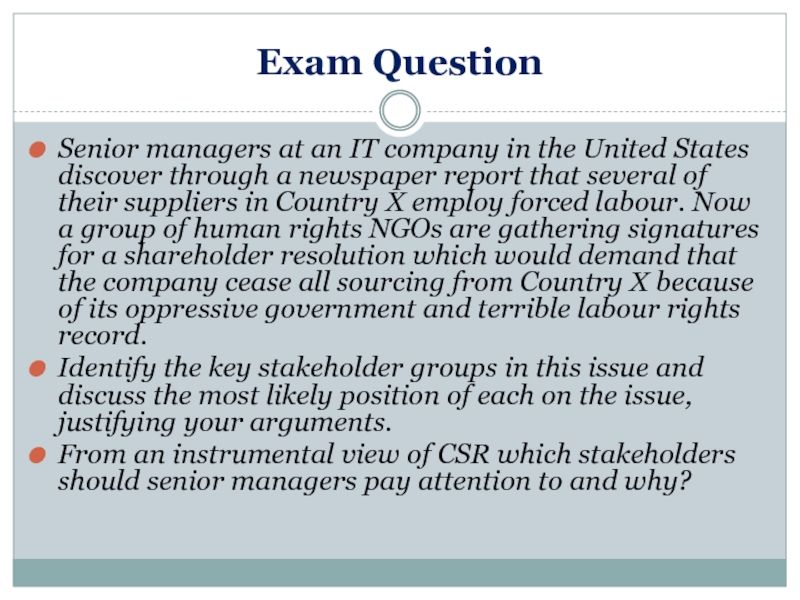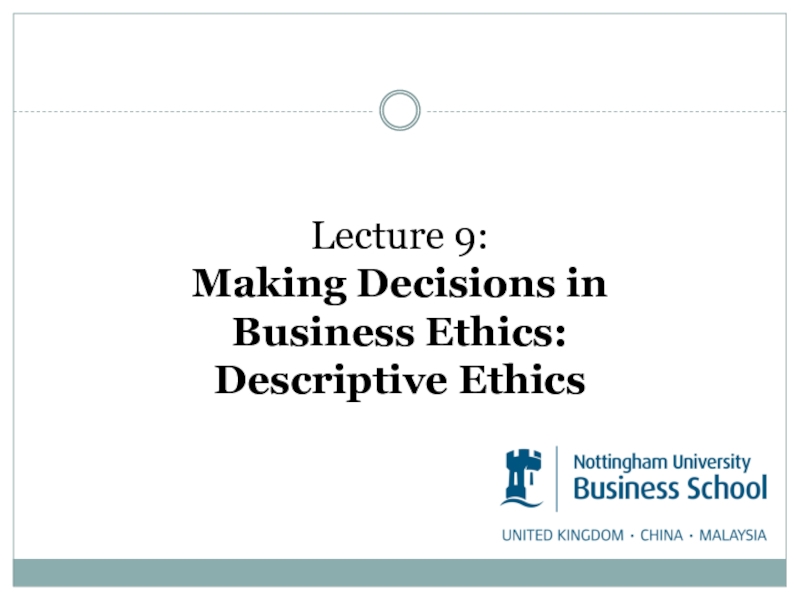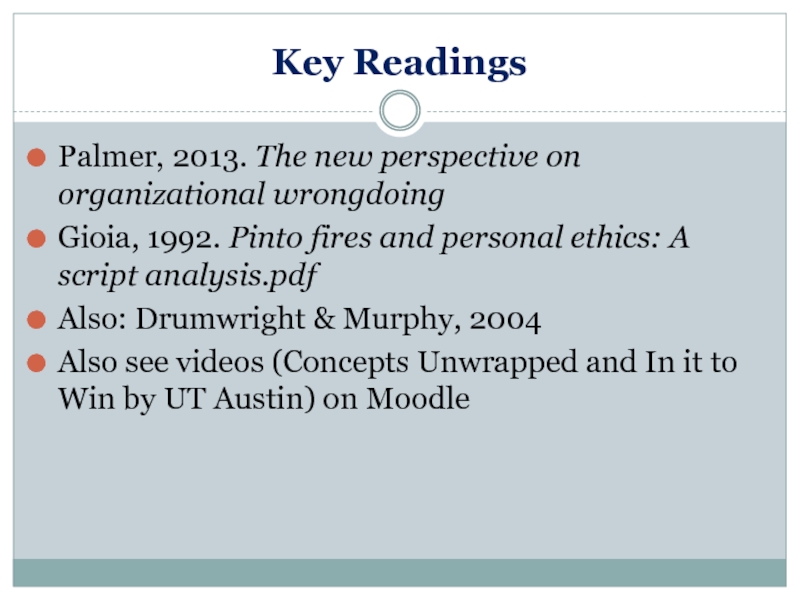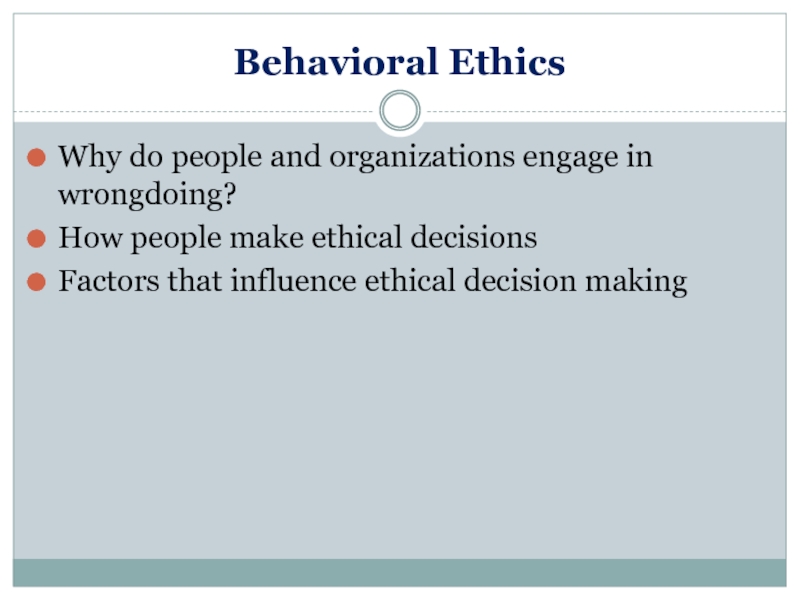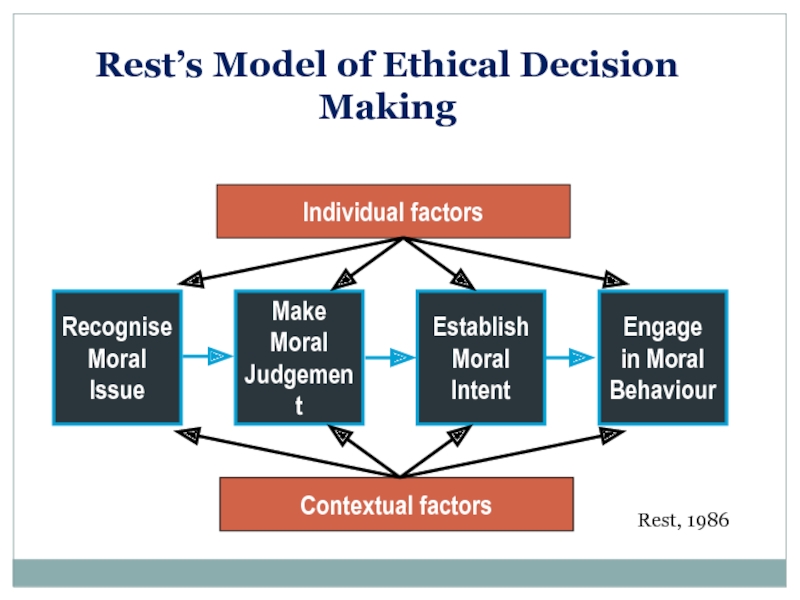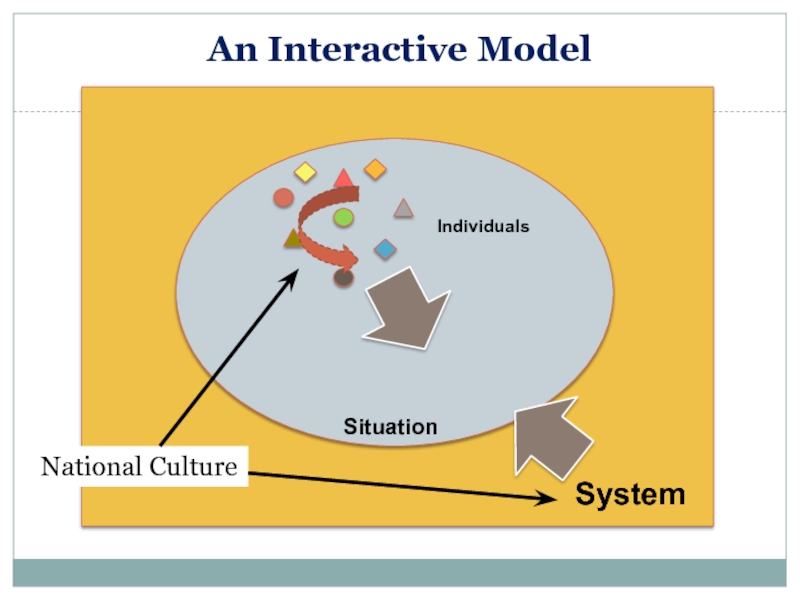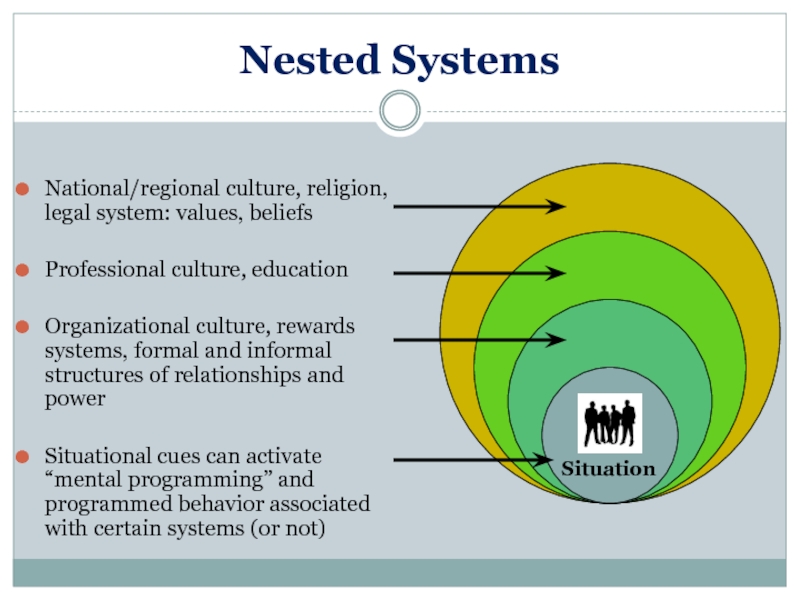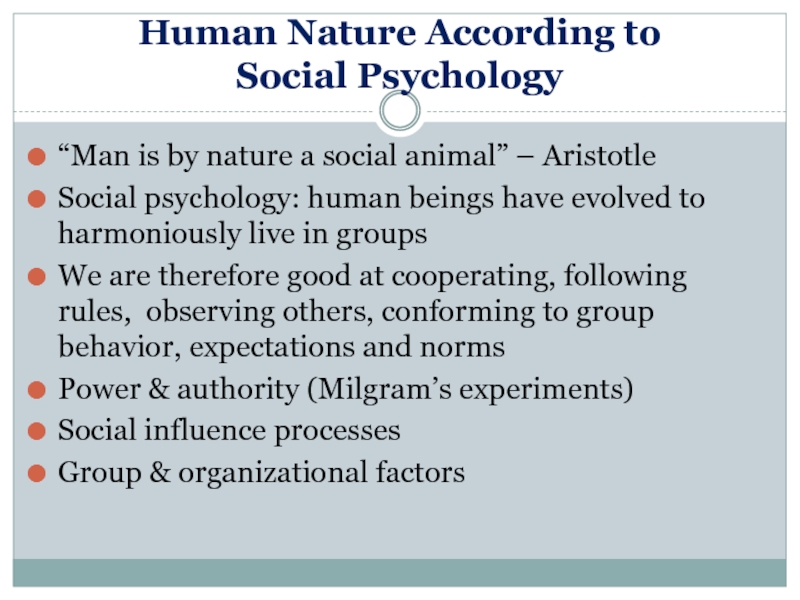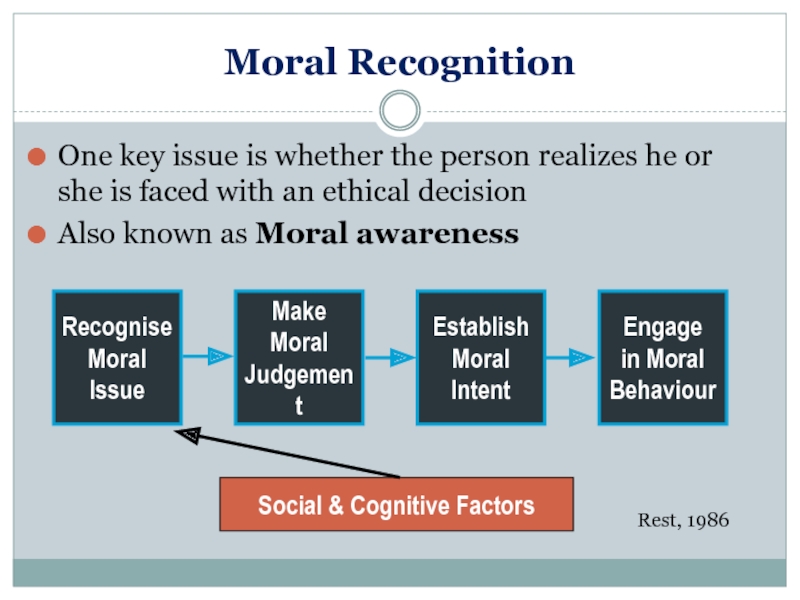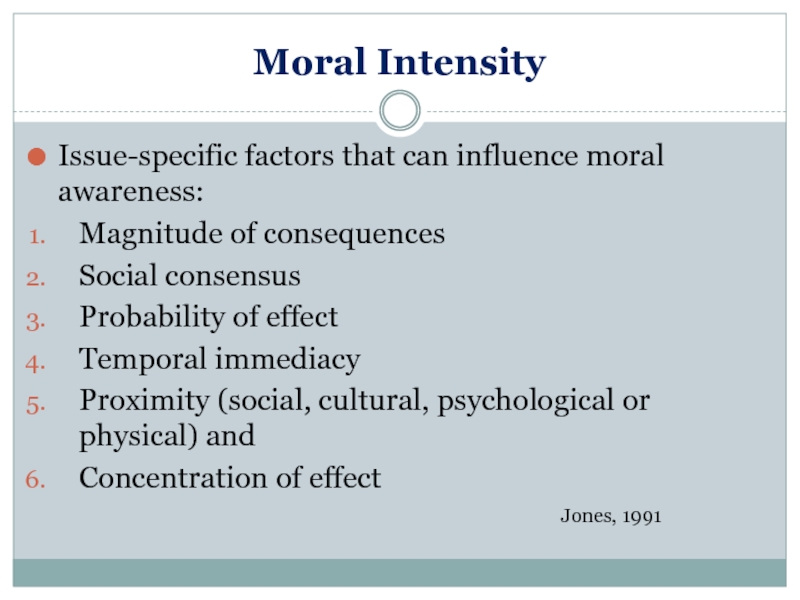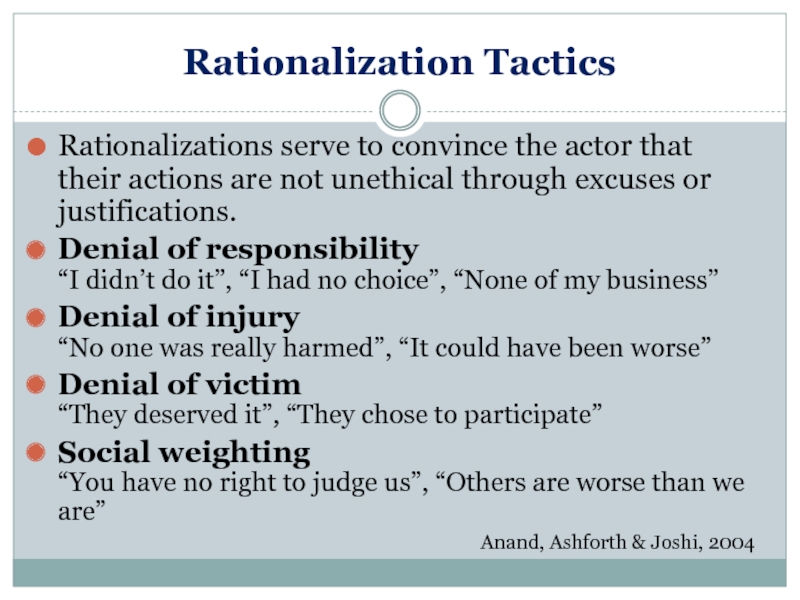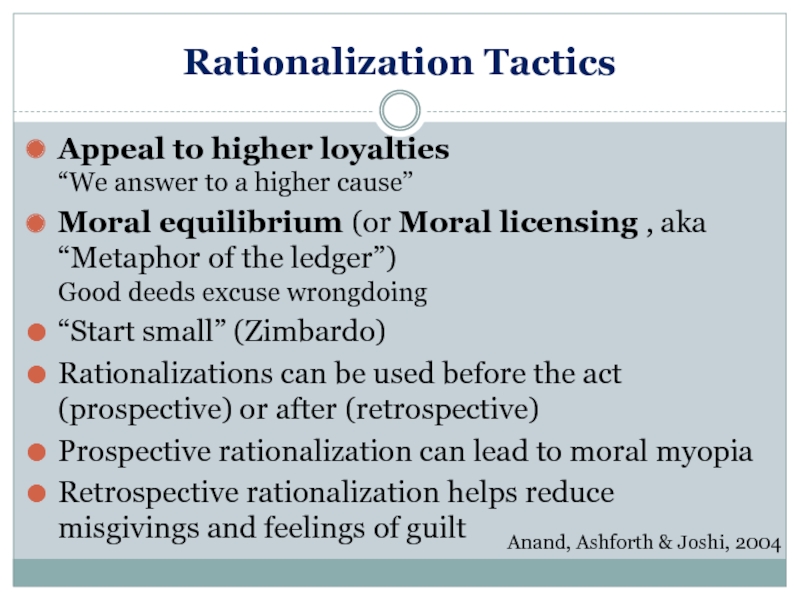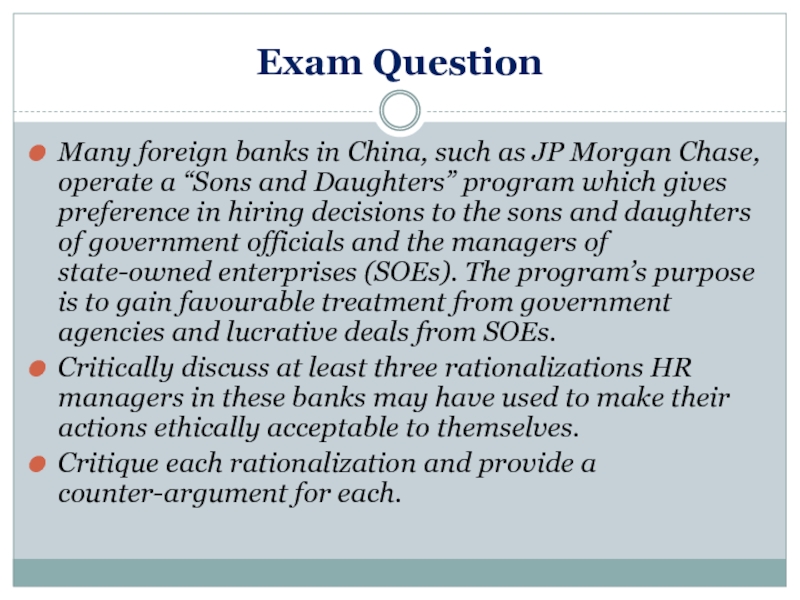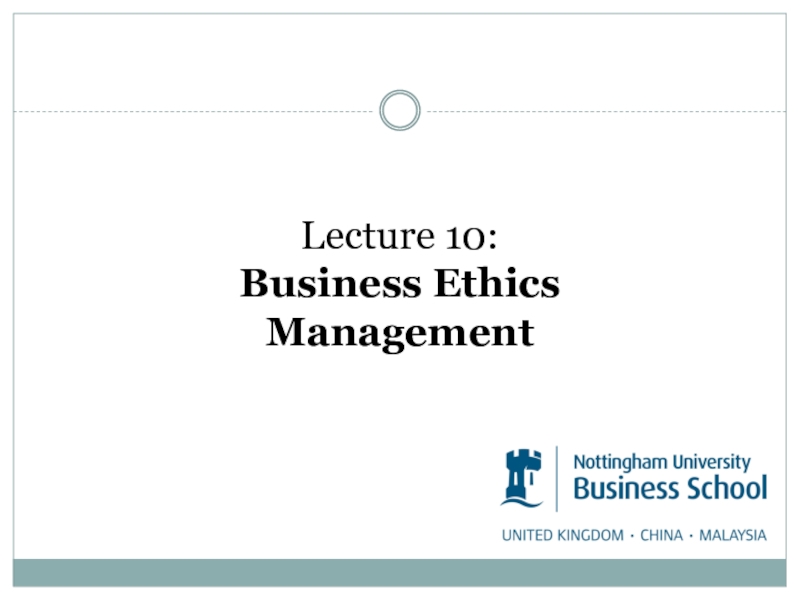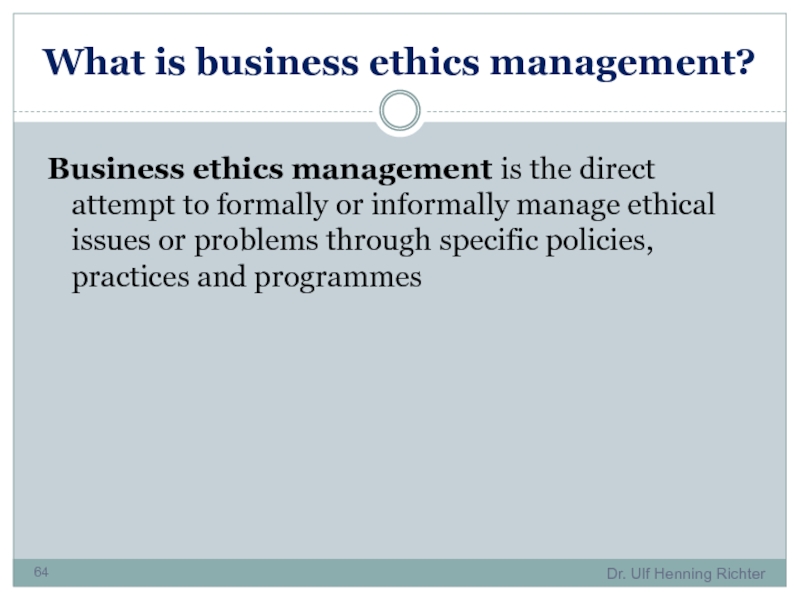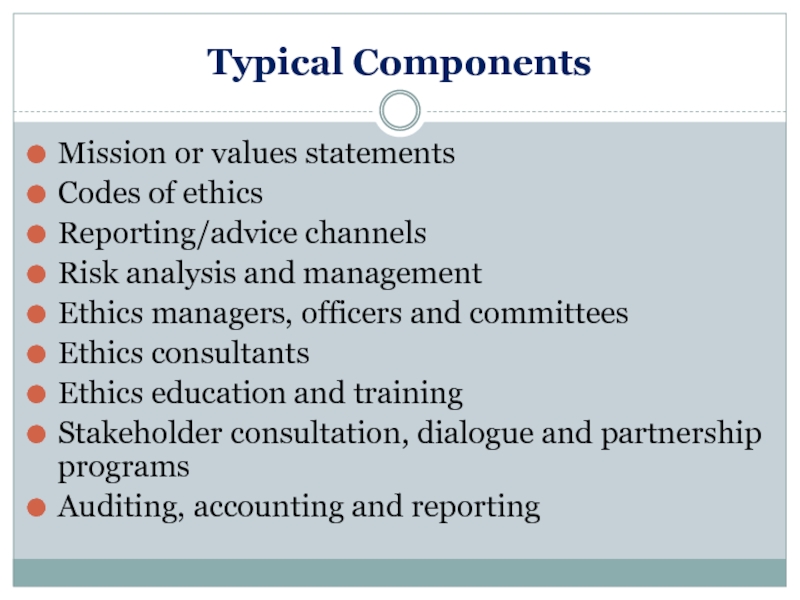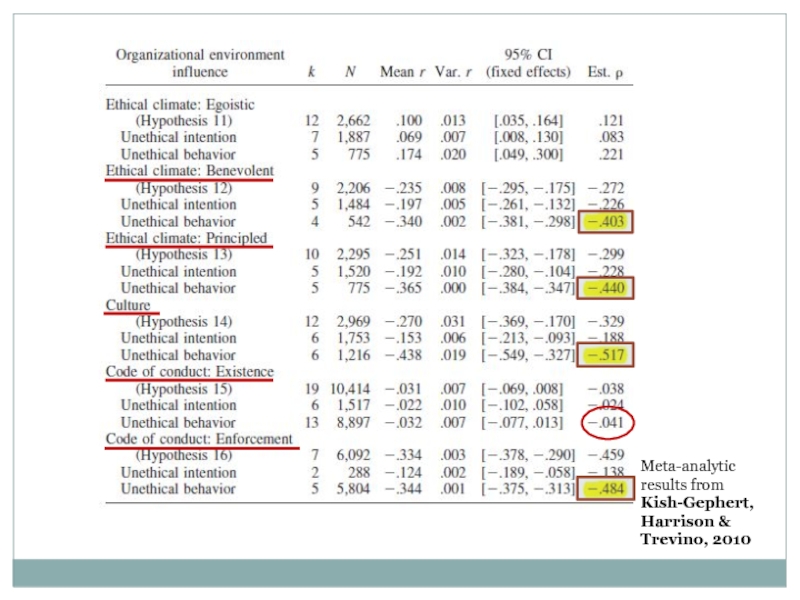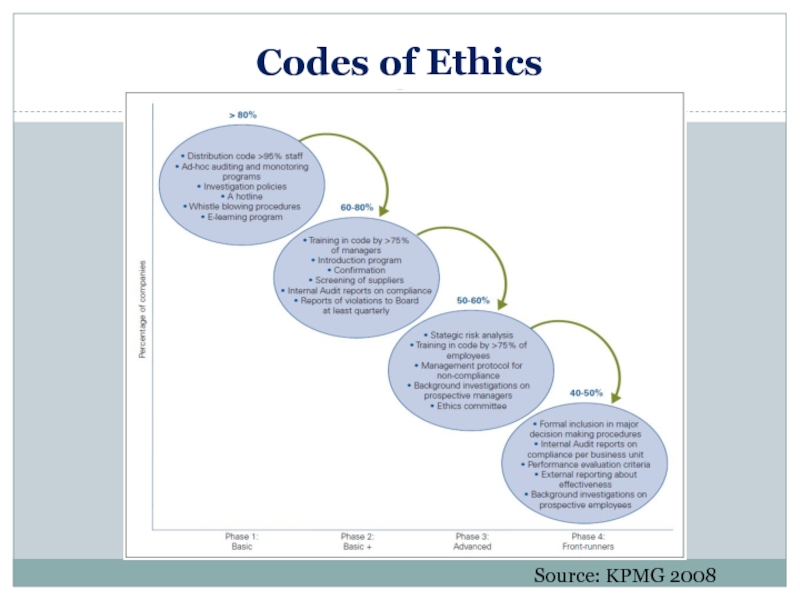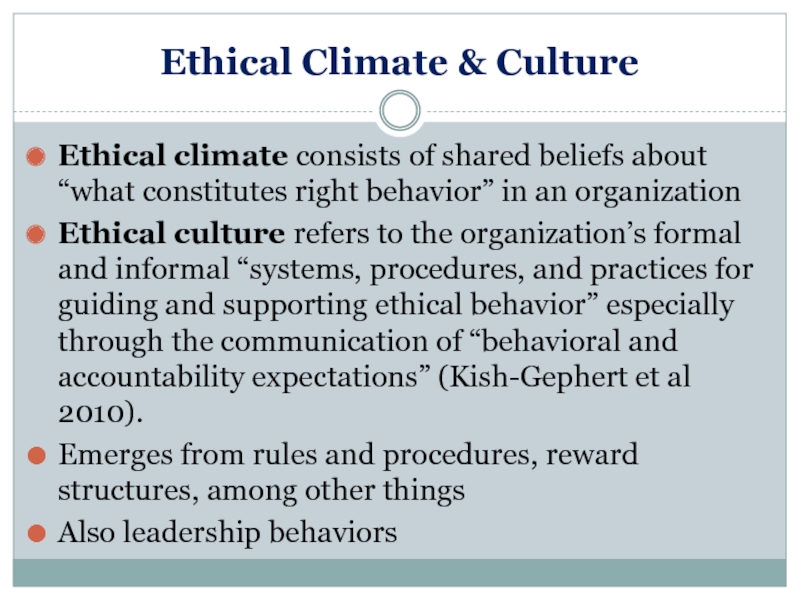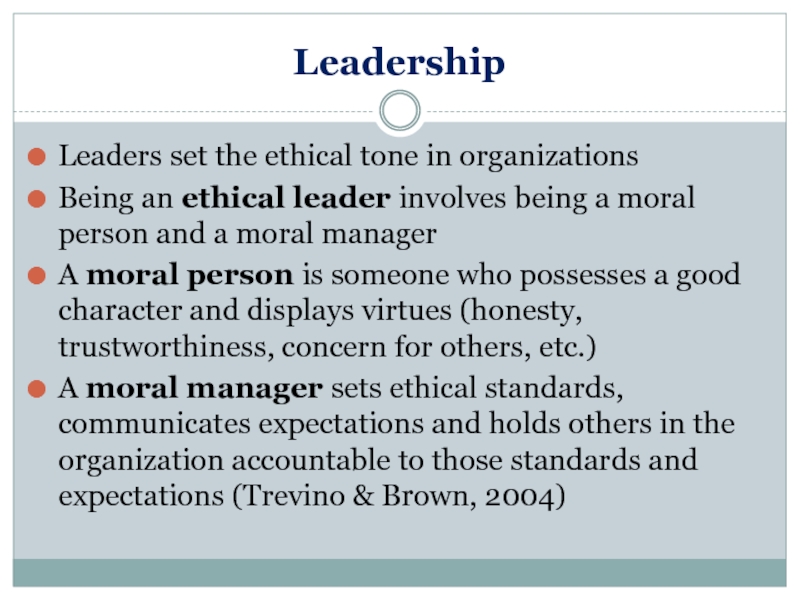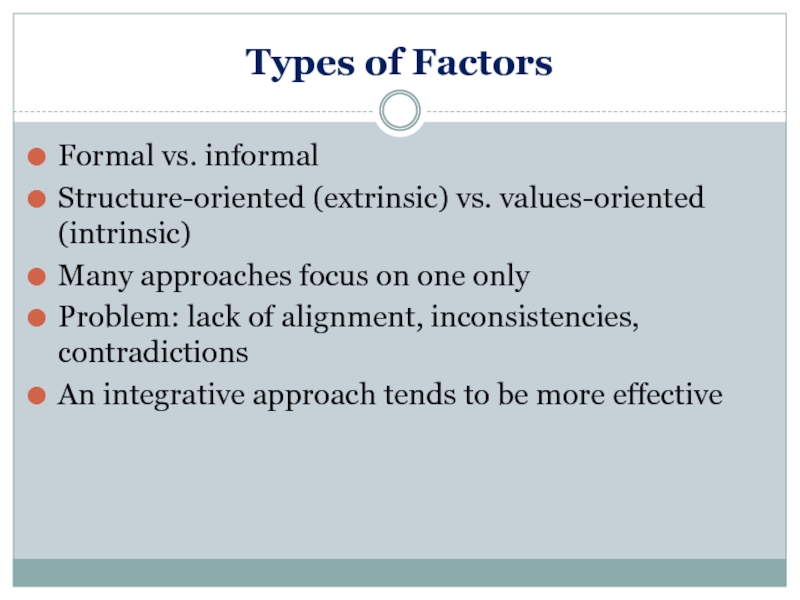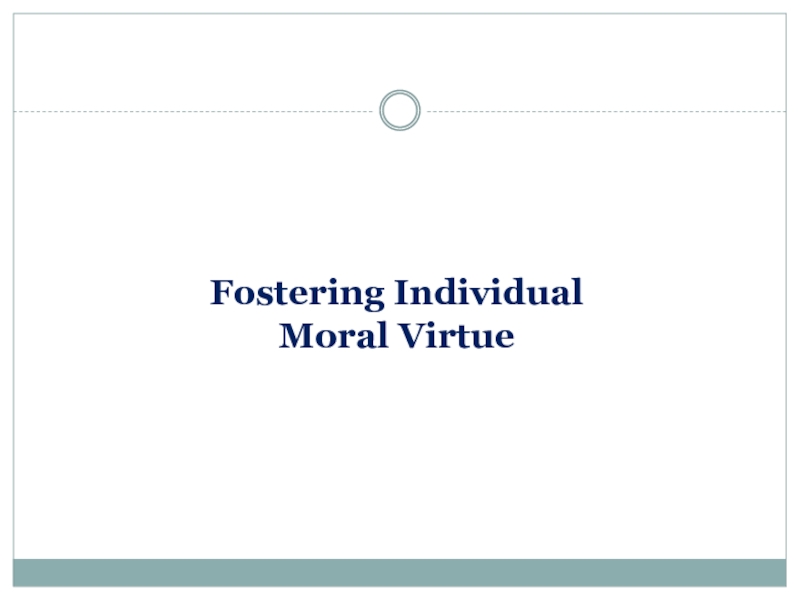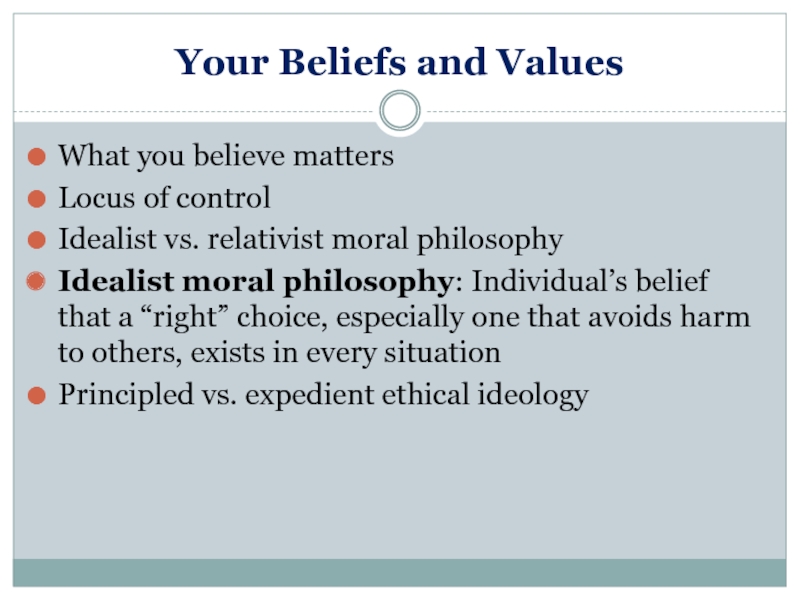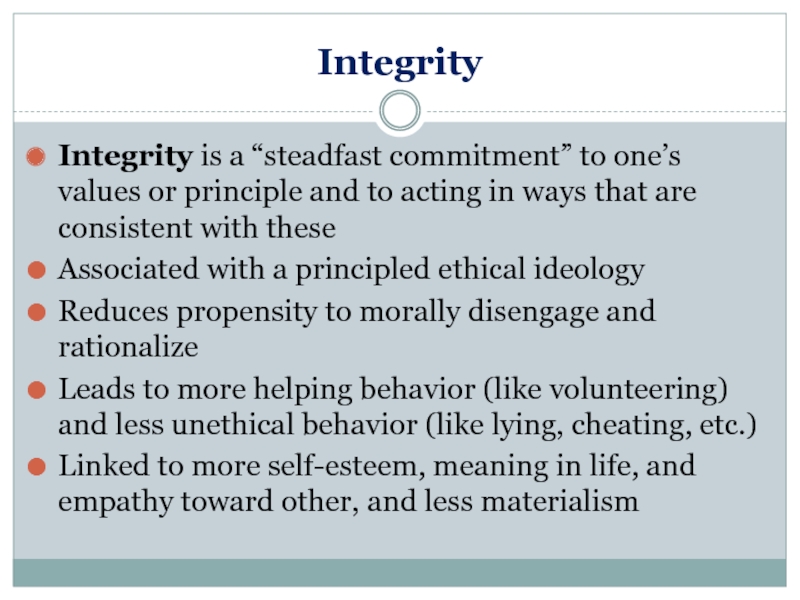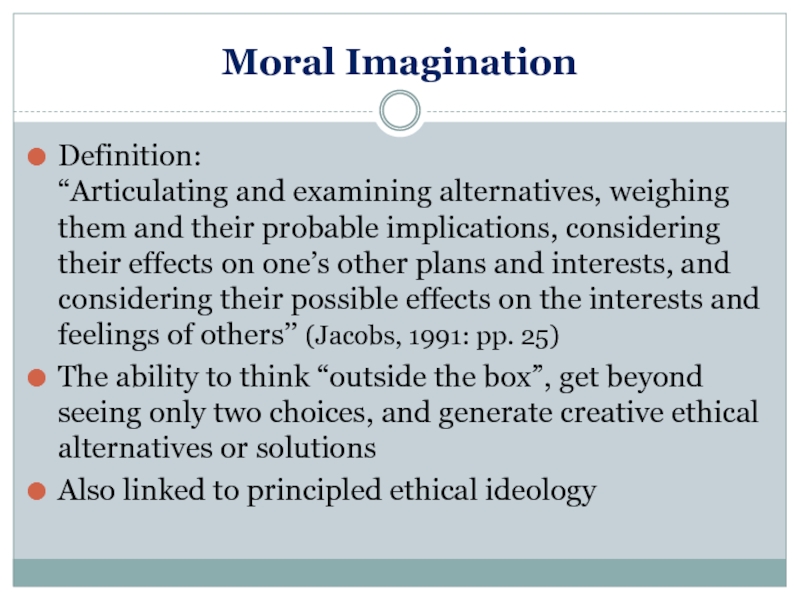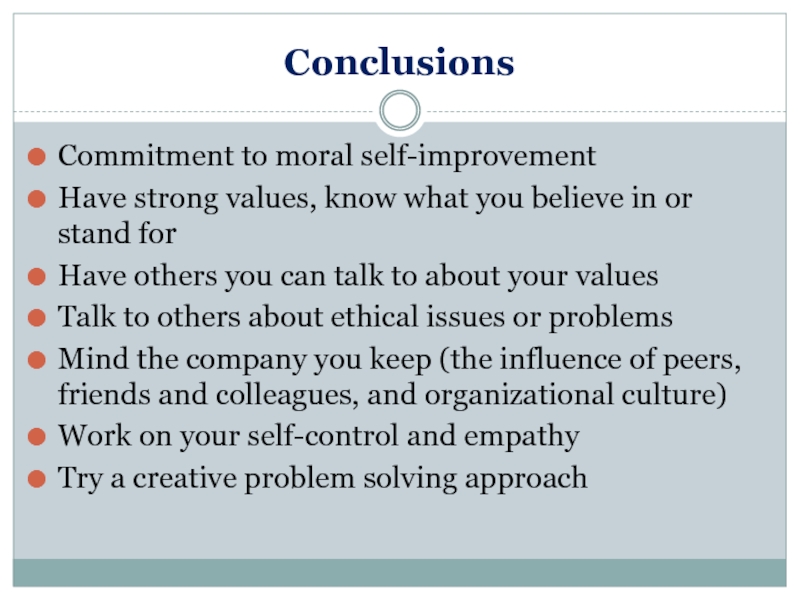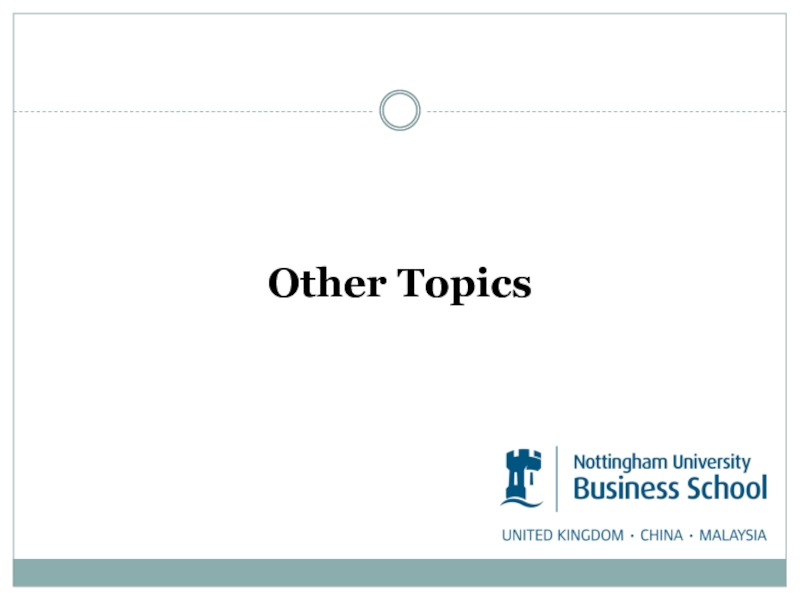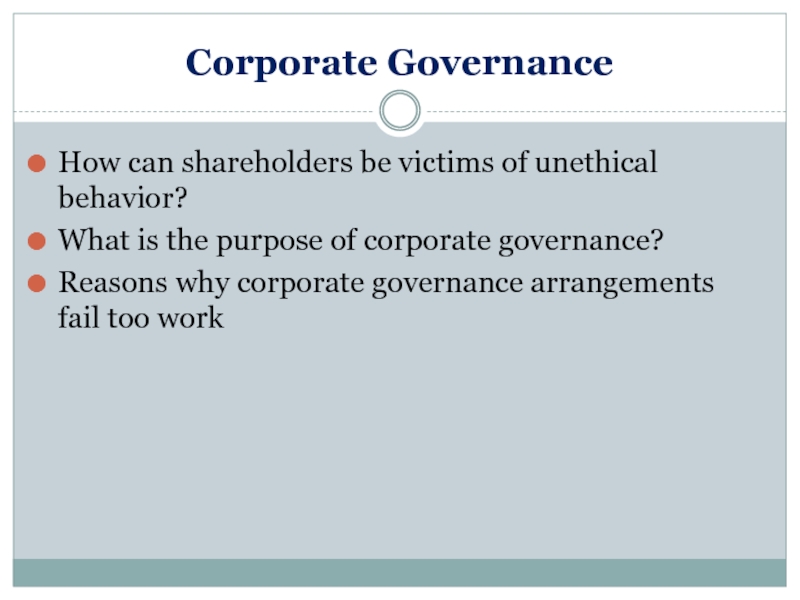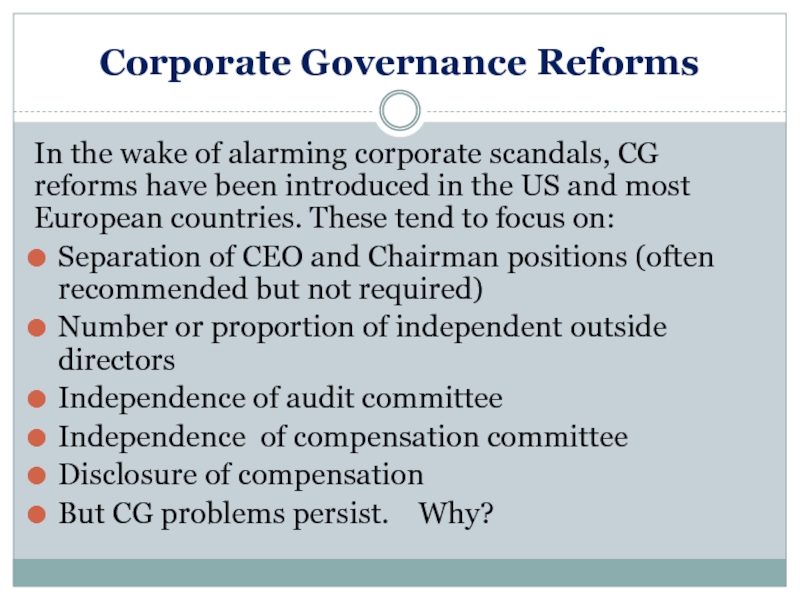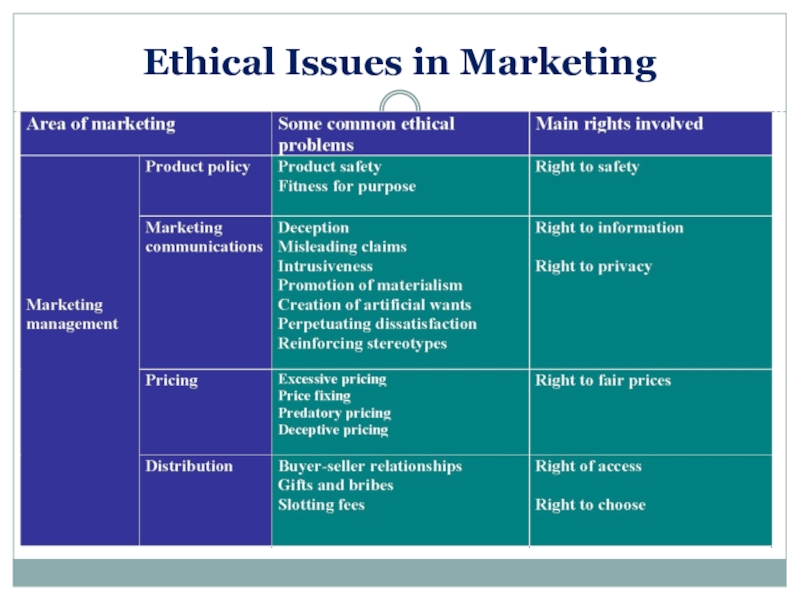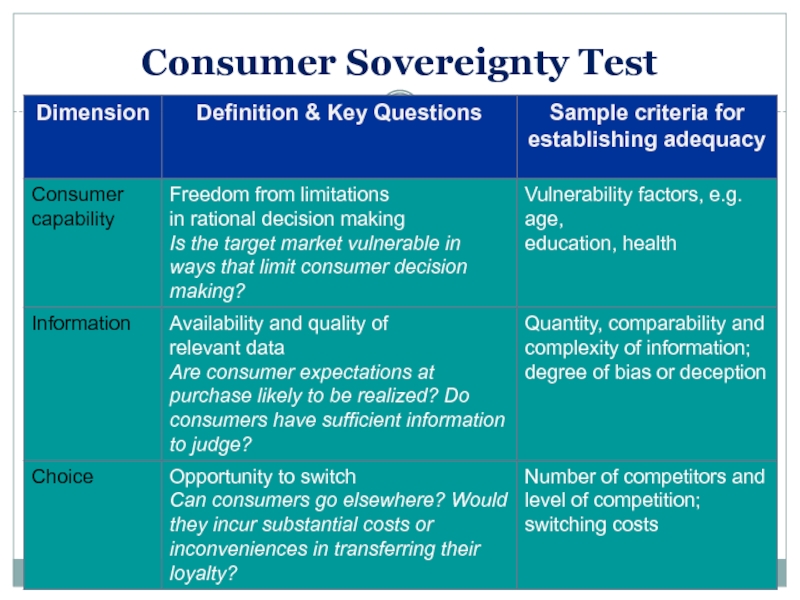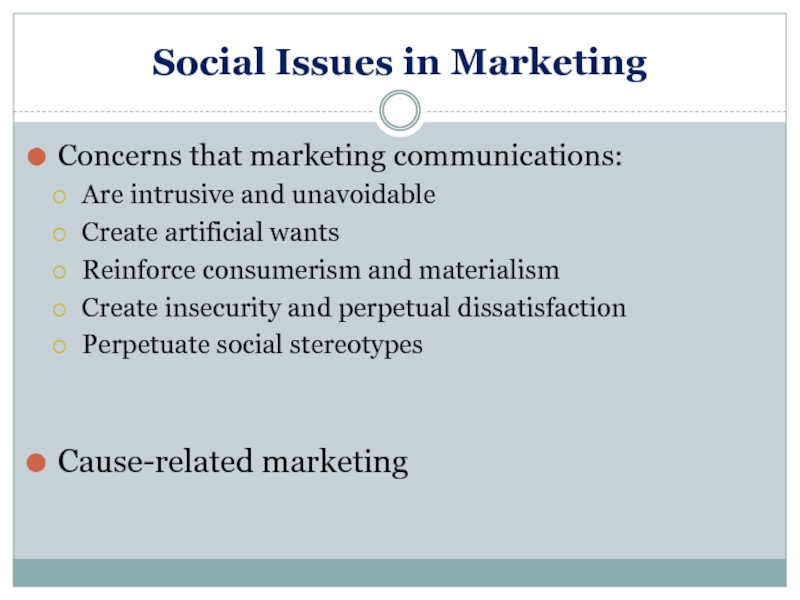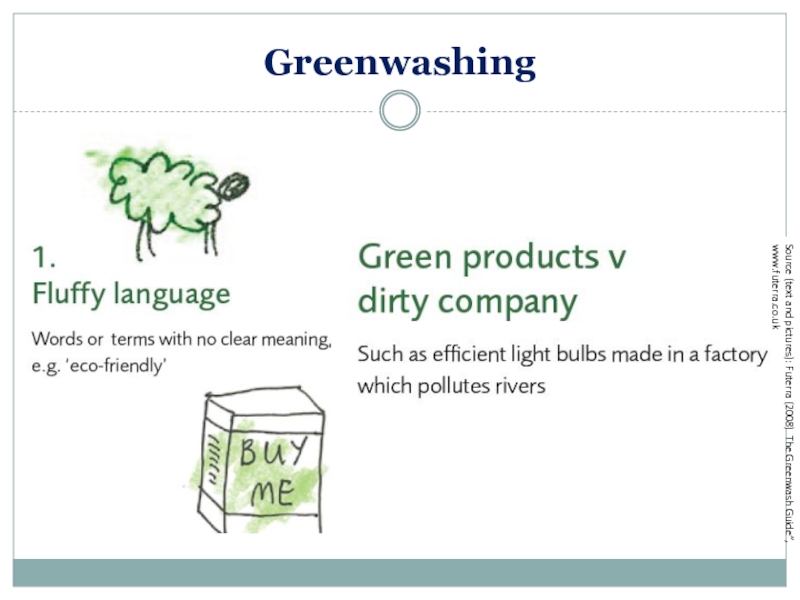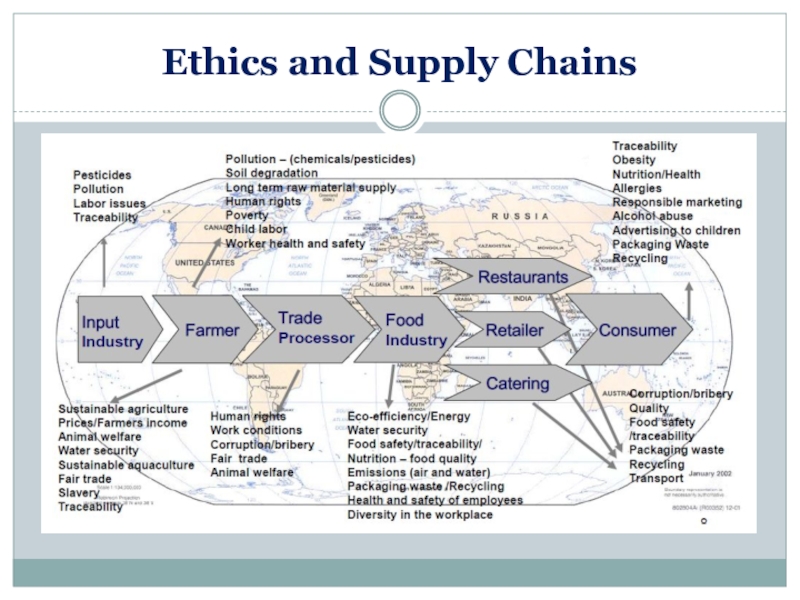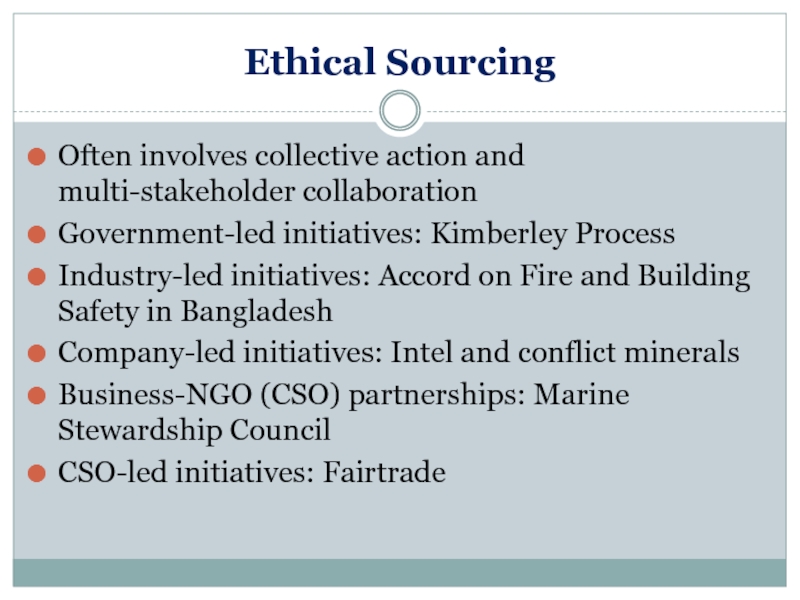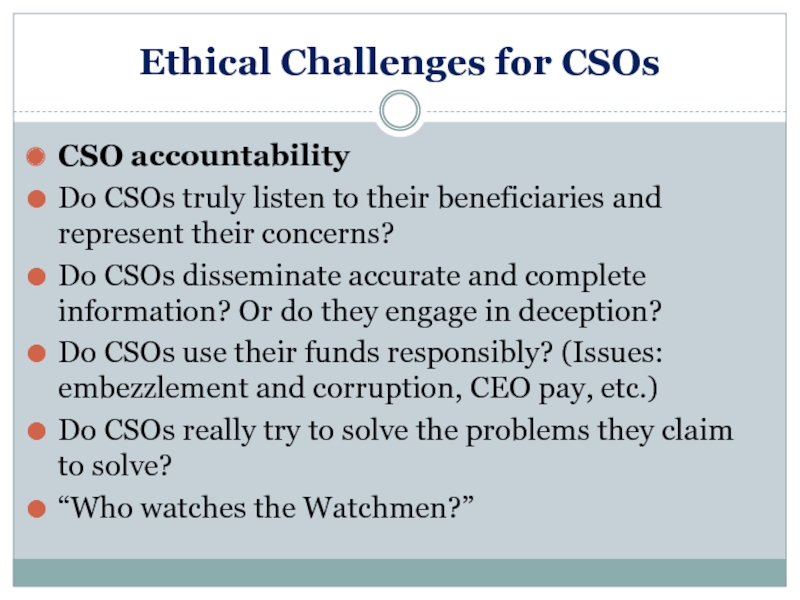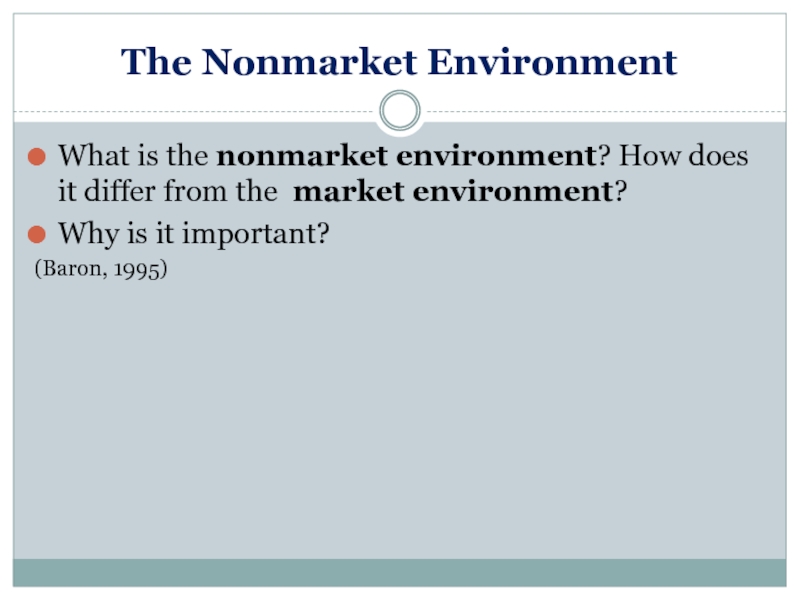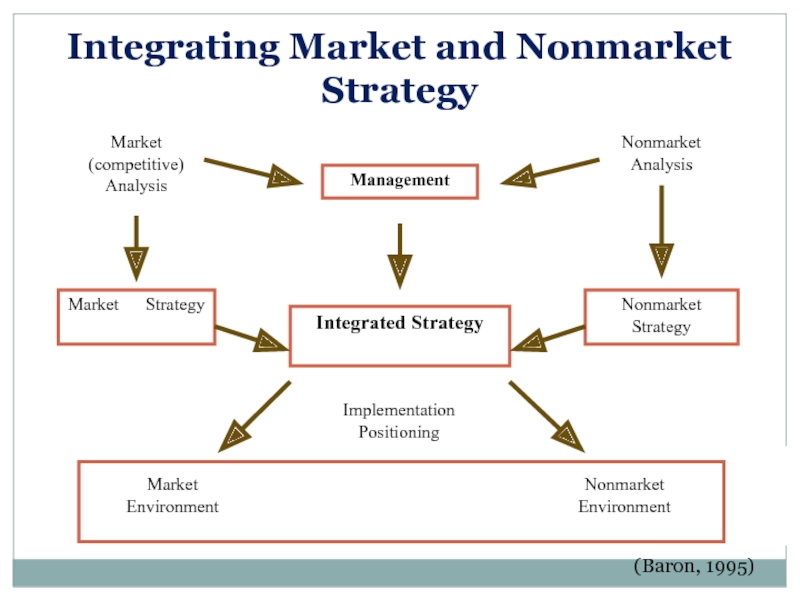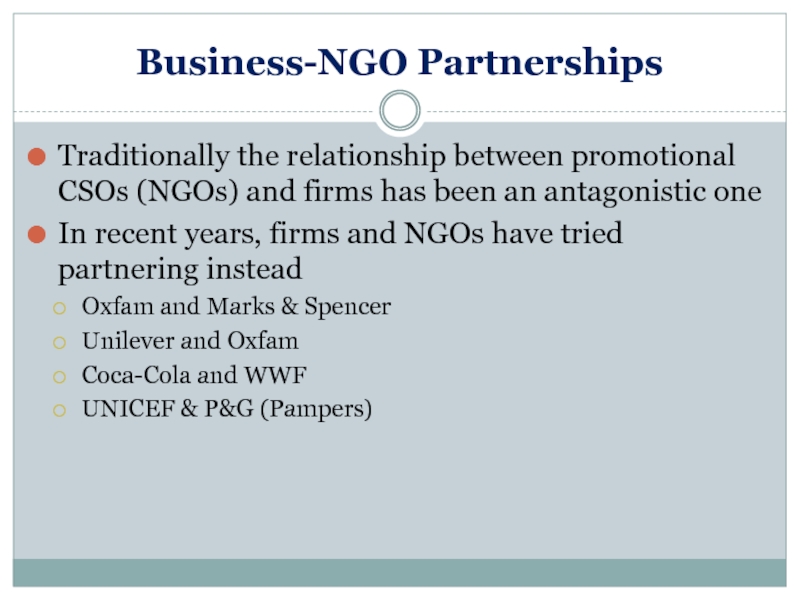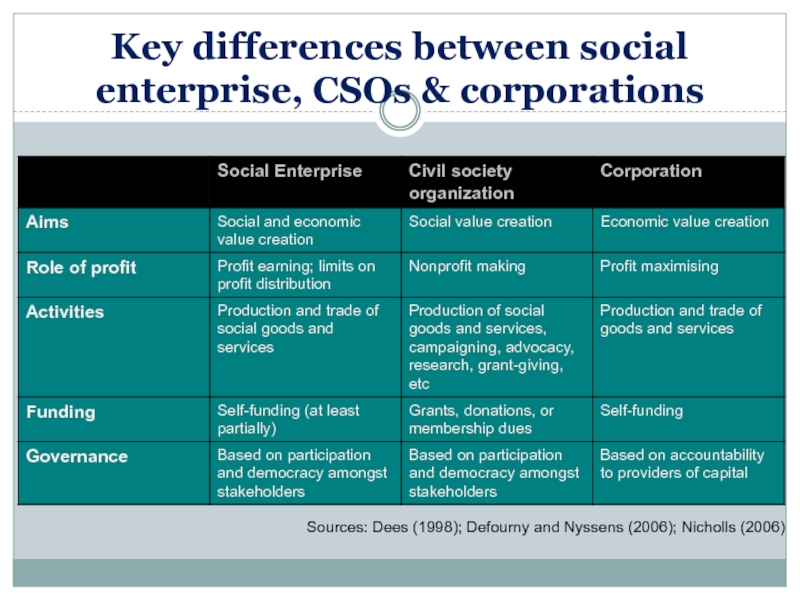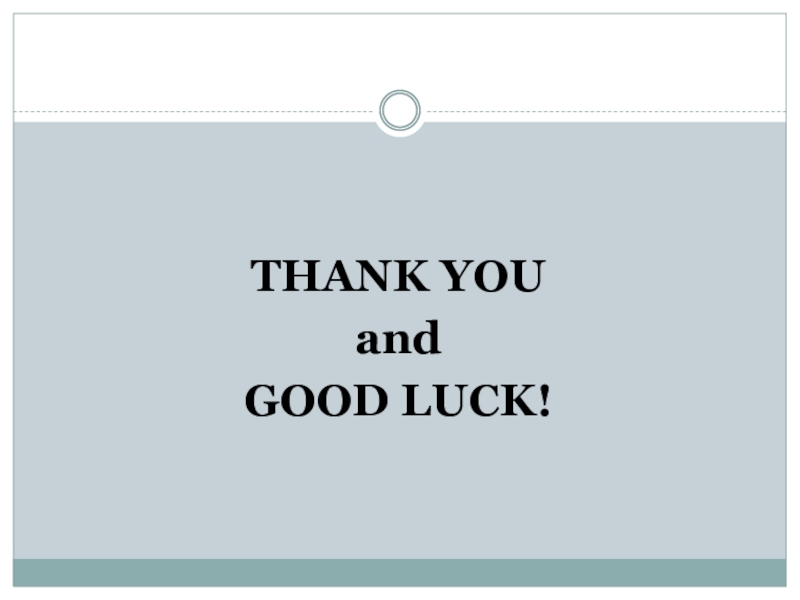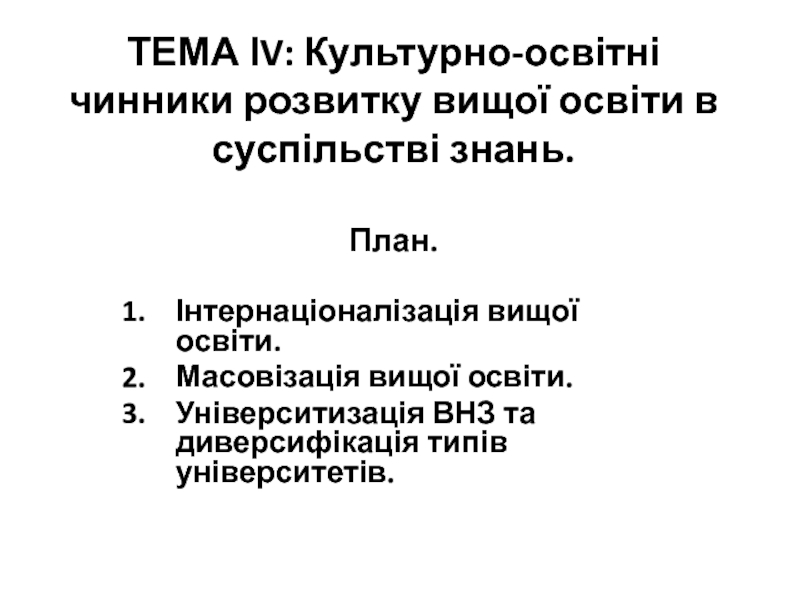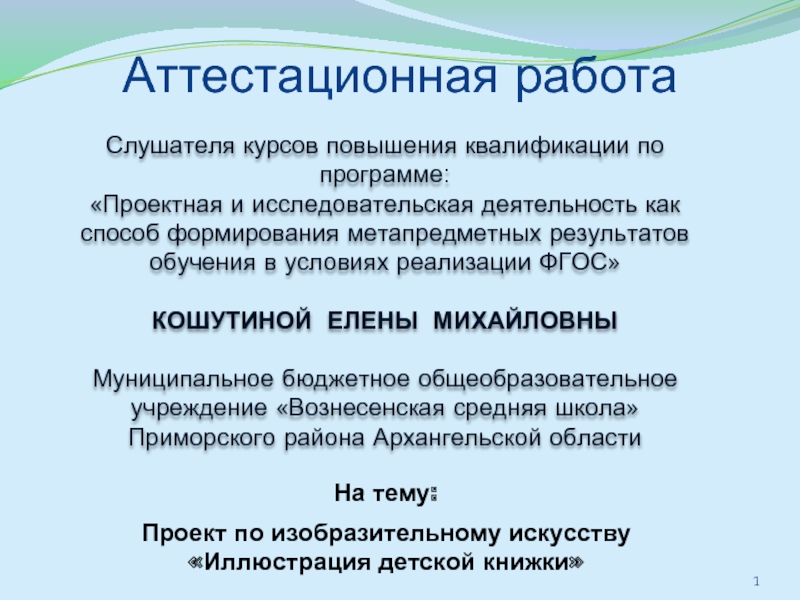- Главная
- Разное
- Дизайн
- Бизнес и предпринимательство
- Аналитика
- Образование
- Развлечения
- Красота и здоровье
- Финансы
- Государство
- Путешествия
- Спорт
- Недвижимость
- Армия
- Графика
- Культурология
- Еда и кулинария
- Лингвистика
- Английский язык
- Астрономия
- Алгебра
- Биология
- География
- Детские презентации
- Информатика
- История
- Литература
- Маркетинг
- Математика
- Медицина
- Менеджмент
- Музыка
- МХК
- Немецкий язык
- ОБЖ
- Обществознание
- Окружающий мир
- Педагогика
- Русский язык
- Технология
- Физика
- Философия
- Химия
- Шаблоны, картинки для презентаций
- Экология
- Экономика
- Юриспруденция
Revision. Exam Structure презентация
Содержание
- 1. Revision. Exam Structure
- 2. Revision
- 3. Exam Structure Exam will have one section
- 4. Core Topics What is Business Ethics? (Lecture
- 5. Core Topics Corporate social responsibility (CSR) (Lecture
- 6. Core Topics Behavioral ethics (descriptive) (Lecture 9)
- 7. Applied Topics Business ethics as applied to
- 8. Recurring Themes Doing good vs. doing no
- 9. Seminar Topics Seminar 1: Cross-cultural ethics
- 10. Course Objectives Bloom’s Taxonomy (updated)
- 11. Question Format Some questions ask you to
- 12. Question Format Some questions are directly about
- 13. Question Format Some questions require a comparison
- 14. Question Format Many questions have more than
- 15. A Quality Response Covers the question without
- 16. Lecture 1: Business Ethics
- 17. What is Business Ethics? According to the
- 18. An Ethical Hierarchy Minimum Obligatory Desirable but Discretionary
- 19. Chapter 2: Ethical Theories and Business Ethics
- 20. Key Readings Arnold & Bowie, 2003. Sweatshops
- 21. Other Ethical Theories
- 22. Utilitarianism Is concerned with consequences The General
- 23. Act vs. Rule Utilitarianism Act utilitarianism considers
- 24. Ethics of Duty (Deontology) Focuses on defining
- 25. Kant’s Three Maxims Consistency – Apply the
- 26. Confucian Ethics Strong focus on cultivating self
- 27. Confucian Ethics Essence of rén = “Golden
- 28. Confucian Ethics How and why matter: Motives
- 29. Question Example Imagine a company buys the
- 30. Lecture 3: Corporate Social Responsibility
- 31. Key Readings Friedman, 1970. The social responsibility
- 32. Definitions Corporate social responsibility: “The firm’s consideration
- 33. The Debate over CSR Today From a
- 34. Carroll’s Four-Part Model: The Pyramid of
- 35. Why should firms engage in CSR? Moral
- 36. Moral Arguments for CSR Typically focus on
- 37. Friedman’s Critique “There is one and only
- 38. Instrumental Arguments for CSR CSR “is good
- 39. Critiques of Instrumental Arguments Continues to prioritize
- 40. Lecture 6: Stakeholder Analysis & Engagement
- 41. Stakeholder Relations The Firm and its
- 42. Types of Stakeholders Werther & Chandler (2010)
- 43. Processes of Stakeholder Management Stakeholder assessment is
- 44. Stakeholder Prioritization Laasch & Conaway, 2015
- 45. Stakeholder Analysis Based on Eden & Ackermann, 1998
- 46. Exam Question Senior managers at an IT
- 47. Lecture 9: Making Decisions in Business Ethics: Descriptive Ethics
- 48. Key Readings Palmer, 2013. The new perspective
- 49. Behavioral Ethics Why do people and organizations
- 50. The New Perspective Palmer, 2013
- 51. Rest’s Model of Ethical Decision Making Recognise
- 52. Rational Decision Making or Not? An emerging
- 53. Individuals Situation System
- 54. Nested Systems National/regional culture, religion, legal system:
- 55. Human Nature According to Social Psychology
- 56. Moral Recognition One key issue is whether
- 57. Moral Muteness & Myopia Moral muteness: When
- 58. Moral Intensity Issue-specific factors that can influence
- 59. Rationalization Tactics Rationalizations serve to convince the
- 60. Rationalization Tactics Appeal to higher loyalties “We
- 61. Exam Question Many foreign banks in China,
- 62. Lecture 10: Business Ethics Management
- 63. Key Readings Zhang, Gino & Bazerman,
- 64. What is business ethics management? Business ethics
- 65. Typical Components Mission or values statements Codes
- 66. Codes of Ethics A Code of Ethics
- 67. Meta-analytic results from Kish-Gephert, Harrison & Trevino, 2010
- 68. Codes of Ethics Source: KPMG 2008
- 69. Ethical Climate & Culture Ethical climate consists
- 70. Leadership Leaders set the ethical
- 71. Types of Factors Formal vs. informal Structure-oriented
- 72. Exam Question In 2015 German car manufacturer
- 73. Fostering Individual Moral Virtue
- 74. Meta-analytic results from Kish-Gephert, Harrison & Trevino, 2010
- 75. Your Beliefs and Values What you believe
- 76. Integrity Integrity is a “steadfast commitment” to
- 77. Moral Imagination Definition: “Articulating and examining alternatives,
- 78. Conclusions Commitment to moral self-improvement Have strong
- 79. Other Topics
- 80. Corporate Governance How can shareholders be victims
- 81. Corporate Governance Reforms In the wake of
- 82. Ethical Issues in Marketing
- 83. Consumer Sovereignty Test
- 84. Social Issues in Marketing Concerns that marketing
- 85. Greenwashing Source (text and pictures): Futerra (2008) The Greenwash Guide”, www.futerra.co.uk
- 86. Ethics and Supply Chains
- 87. Ethical Sourcing Often involves collective action and
- 88. Supply Loops (a) Linear flow of resources
- 89. Civil Society What is the role of
- 90. Ethical Challenges for CSOs CSO accountability Do
- 91. The Nonmarket Environment What is the nonmarket
- 92. Management Nonmarket Strategy Market
- 93. Business-NGO Partnerships Traditionally the relationship between promotional
- 94. “Social entrepreneurship is the process of recognizing
- 95. Key differences between social enterprise, CSOs &
- 96. Conclusion
- 97. Make sure you write clearly – always
- 98. THANK YOU and GOOD LUCK!
Слайд 3Exam Structure
Exam will have one section with 5 essay questions
You
Each question is worth 50%
Both are long essay question: around 1-2 pages
Make sure to answer all parts of the question!
90 minutes available
Слайд 4Core Topics
What is Business Ethics? (Lecture 1)
Why has it become more
Ethical theories (prescriptive) (Lecture 2)
How can we know right from wrong?
Utilitarianism, Deontology (Kantian duty ethics), Confucianism
Слайд 5Core Topics
Corporate social responsibility (CSR) (Lecture 3)
What are the responsibilities of
Moral vs. instrumental arguments for CSR
Arguments against CSR
Stakeholder analysis & engagement (Lecture 6)
Who are the stakeholders of the firm?
Which stakeholders should a firm’s managers pay attention to?
Stakeholder analysis
Stakeholder management/engagement
Слайд 6Core Topics
Behavioral ethics (descriptive) (Lecture 9)
Why do people and organizations engage
New vs. traditional perspective
Business ethics management (Lecture 10)
How can organizations prevent unethical behavior and encourage ethical behavior?
Fostering moral virtue (Lecture 10)
Why do some individuals (and companies) avoid wrongdoing and/or engage in doing good?
How can we strengthen the impulse to do good in individuals and organizations?
Слайд 7Applied Topics
Business ethics as applied to each of the following stakeholder
Shareholders (Lecture 4)
Consumers (Lecture 5)
Suppliers and Competitors (Lecture 7)
Civil Society (Lecture 8)
Слайд 8Recurring Themes
Doing good vs. doing no harm
Moral and instrumental (pragmatic, strategic)
Changing values and attitudes = changing societal demands on companies + new opportunities for companies
Слайд 9Seminar Topics
Seminar 1:
Cross-cultural ethics
Ethical theories
Ethics of gift-giving/bribery
Seminar 2:
Issue and stakeholder
Group presentation: Issue and stakeholder analysis
Слайд 11Question Format
Some questions ask you to apply a core topic to
Слайд 12Question Format
Some questions are directly about one of the applied topics
Discuss
Слайд 13Question Format
Some questions require a comparison between several perspectives or an
Слайд 14Question Format
Many questions have more than one part
Many foreign banks in
Critically discuss at least three rationalizations HR managers in these banks may have used to make their actions ethically acceptable to themselves.
Critique each rationalization and provide a counter-argument for each.
Слайд 15A Quality Response
Covers the question without including irrelevant content
Shows clear understanding
All parts of the question are answered
Arguments are supported with examples or relevant references
Incorporates appropriate materials from lectures, seminars and readings
Слайд 17What is Business Ethics?
According to the textbook:
“Business ethics is the study
Our module deals with the ethics of the actions and decision of:
Corporate Social Responsibility
Слайд 20Key Readings
Arnold & Bowie, 2003. Sweatshops and respect for persons
Chan, 2007.
Слайд 22Utilitarianism
Is concerned with consequences
The General Principle:
‘An action is morally right if
The simple and easy way to understand utilitarianism is as a cost-benefit approach to ethics
Utilitarianism is not egoism!
Rule utilitarianism and act utilitarianism often lead to different conclusions (but not always)
Слайд 23Act vs. Rule Utilitarianism
Act utilitarianism considers only the consequences of a
Rule utilitarianism looks at a class of actions and asks whether in principle it produces the greatest amount of good for the greatest amount of people
Слайд 24Ethics of Duty (Deontology)
Focuses on defining the Categorical Imperative: An ethical
Consequences don’t matter; but intentions do
Intrinsic worth or dignity of all persons; therefore should be respected
Immanuel Kant (1724-1804)
Слайд 25Kant’s Three Maxims
Consistency – Apply the same standard to your action
Respect for human dignity – Don’t use others. Treat them as an end not as a means.
Universal acceptability – Act only as you would if your actions were known to all.
These are different formulations of one categorical imperative, according to Kant.
BUT still may lead to different conclusions.
Слайд 26Confucian Ethics
Strong focus on cultivating self and being virtuous – Ultimate
Core Confucian virtues (dé 德):
Rén (仁): compassion, benevolence, humaneness
Yì (義): Sense of rightness, righteous- ness
Following Lǐ (禮 ): norms, protocols, etiquette, propriety
and also wisdom, reciprocity, trustworthiness and filial piety
Confucius (孔子)
Слайд 27Confucian Ethics
Essence of rén = “Golden Rule”
(1) weak form: “What
(2) strong form: “A man of benevolence, wishing to establish his own character, also establishes the character of others, and wishing to be prominent himself, also helps others to be prominent.” One must help others to develop morally to achieve one’s own moral development
Слайд 28Confucian Ethics
How and why matter: Motives and the manner something is
Profit-making is not bad unless done for selfish reasons
Woods & Lamond, 2011
Слайд 29Question Example
Imagine a company buys the only medicine available to fight
Слайд 31Key Readings
Friedman, 1970. The social responsibility of business is to increase
Economist articles
Porter & Kramer, 2011. Creating shared value
Smith, 2003. Corporate social responsibility: Whether or how?
Слайд 32Definitions
Corporate social responsibility:
“The firm’s consideration of, and response to, issues beyond
“Actions that appear to further some social good, beyond the interests of the firm and that which is required by law.” (McWilliam & Siegel, 2001)
Слайд 33The Debate over CSR Today
From a dichotomy to a continuum.
The
What is the corporation’s purpose and what are its responsibilities?
Maximize Shareholder Value
(Exclusively)
Serve the
Broader Interests of Society
(Beyond Profits)
Слайд 34Carroll’s Four-Part Model:
The Pyramid of CSR
Philanthropic Responsibilities
Expected by society
Do Good
Do
Слайд 35Why should firms engage in CSR?
Moral arguments: pro-CSR arguments based on
Instrumental arguments: based on claims that CSR leads to desirable outcomes, specifically increased profits, for firms
“The business case for CSR”, pragmatic view, strategic CSR, “profit-maximizing” CSR
Слайд 36Moral Arguments for CSR
Typically focus on accountability, reciprocity, obligation, and social
Driven by growing concern over dwindling natural resources and environmental degradation: Pollution, water contamination, over-population, deforestation, climate change, etc.
And concern over social issues: Poverty, inequality, slavery, forced labor, starvation, health, human rights
Слайд 37Friedman’s Critique
“There is one and only one social responsibility of business–to
Three arguments against CSR (especially against moral arguments for CSR)
Слайд 38Instrumental Arguments for CSR
CSR “is good for business” (or it’s bad
Changing expectations & radical transparency
Growing “conscious consumer” & LOHAS (Lifestyles of Health and Sustainability) segments
Reputation
More attractive to employees and investors
Better relations with government
Cost reduction, risk management
New business opportunities
Слайд 39Critiques of Instrumental Arguments
Continues to prioritize profits above all
Can lead to
What if there is no “Market for Virtue”? What happens when there is a real conflict between profits and the broader interests of society?
Слайд 41Stakeholder Relations
The Firm and its Managers
Suppliers: Supply high quality inputs &
receive
Civil society (NGOs): Don’t criticize or boycott & achieve their goals
Customers: Purchase products or services & obtain value
Shareholders: increase value of the firm & make profits
Governments: Don’t regulate extensively & and receive taxes
Employees: Create good products or services &
receive income
Interdependence
Слайд 42Types of Stakeholders
Werther & Chandler (2010)
Primary
Secondary
Which of all of these stakeholders
Слайд 43Processes of Stakeholder Management
Stakeholder assessment is the process of understanding stakeholders
Stakeholder engagement is the process of interaction with stakeholders and can be subdivided into stakeholder communication and the co-creation of joint activities.
Слайд 46Exam Question
Senior managers at an IT company in the United States
Identify the key stakeholder groups in this issue and discuss the most likely position of each on the issue, justifying your arguments.
From an instrumental view of CSR which stakeholders should senior managers pay attention to and why?
Слайд 48Key Readings
Palmer, 2013. The new perspective on organizational wrongdoing
Gioia, 1992. Pinto
Also: Drumwright & Murphy, 2004
Also see videos (Concepts Unwrapped and In it to Win by UT Austin) on Moodle
Слайд 49Behavioral Ethics
Why do people and organizations engage in wrongdoing?
How people make
Factors that influence ethical decision making
Слайд 51Rest’s Model of Ethical Decision Making
Recognise
Moral
Issue
Make
Moral
Judgement
Establish
Moral
Intent
Engage
in Moral
Behaviour
Individual factors
Contextual
Rest, 1986
Слайд 52Rational Decision Making or Not?
An emerging view holds that ethical decision
This view is also known as bounded ethicality
Слайд 54Nested Systems
National/regional culture, religion, legal system: values, beliefs
Professional culture, education
Organizational culture,
Situational cues can activate “mental programming” and programmed behavior associated with certain systems (or not)
Situation
Слайд 55Human Nature According to
Social Psychology
“Man is by nature a social
Social psychology: human beings have evolved to harmoniously live in groups
We are therefore good at cooperating, following rules, observing others, conforming to group behavior, expectations and norms
Power & authority (Milgram’s experiments)
Social influence processes
Group & organizational factors
Слайд 56Moral Recognition
One key issue is whether the person realizes he or
Also known as Moral awareness
Social & Cognitive Factors
Rest, 1986
Recognise
Moral
Issue
Make
Moral
Judgement
Establish
Moral
Intent
Engage
in Moral
Behaviour
Слайд 57Moral Muteness & Myopia
Moral muteness: When someone recognizes an issue has
Moral myopia: Distortion of moral vision, leading to difficulty of recognizing ethical issues or seeing them clearly
Moral muteness can lead to moral myopia
Moral myopia can also occur due to rationalization
There are many cognitive biases and situational factors that can lead to moral myopia
Слайд 58Moral Intensity
Issue-specific factors that can influence moral awareness:
Magnitude of consequences
Social
Probability of effect
Temporal immediacy
Proximity (social, cultural, psychological or physical) and
Concentration of effect
Jones, 1991
Слайд 59Rationalization Tactics
Rationalizations serve to convince the actor that their actions are
Denial of responsibility “I didn’t do it”, “I had no choice”, “None of my business”
Denial of injury “No one was really harmed”, “It could have been worse”
Denial of victim “They deserved it”, “They chose to participate”
Social weighting “You have no right to judge us”, “Others are worse than we are”
Anand, Ashforth & Joshi, 2004
Слайд 60Rationalization Tactics
Appeal to higher loyalties
“We answer to a higher cause”
Moral equilibrium
“Start small” (Zimbardo)
Rationalizations can be used before the act (prospective) or after (retrospective)
Prospective rationalization can lead to moral myopia
Retrospective rationalization helps reduce misgivings and feelings of guilt
Anand, Ashforth & Joshi, 2004
Слайд 61Exam Question
Many foreign banks in China, such as JP Morgan Chase,
Critically discuss at least three rationalizations HR managers in these banks may have used to make their actions ethically acceptable to themselves.
Critique each rationalization and provide a counter-argument for each.
Слайд 63Key Readings
Zhang, Gino & Bazerman, 2014. Morality rebooted: Exploring simple
Слайд 64What is business ethics management?
Business ethics management is the direct attempt
Dr. Ulf Henning Richter
Слайд 65Typical Components
Mission or values statements
Codes of ethics
Reporting/advice channels
Risk analysis and management
Ethics
Ethics consultants
Ethics education and training
Stakeholder consultation, dialogue and partnership programs
Auditing, accounting and reporting
Слайд 66Codes of Ethics
A Code of Ethics is only effective if properly
Communication and training
Disciplinary actions
Whistleblowing mechanism
HR practices and policies (e.g., hiring, performance assessment)
Ethics committee or officer
Monitoring, auditing and reporting
Слайд 69Ethical Climate & Culture
Ethical climate consists of shared beliefs about “what
Ethical culture refers to the organization’s formal and informal “systems, procedures, and practices for guiding and supporting ethical behavior” especially through the communication of “behavioral and accountability expectations” (Kish-Gephert et al 2010).
Emerges from rules and procedures, reward structures, among other things
Also leadership behaviors
Слайд 70Leadership
Leaders set the ethical tone in organizations
Being an ethical leader
A moral person is someone who possesses a good character and displays virtues (honesty, trustworthiness, concern for others, etc.)
A moral manager sets ethical standards, communicates expectations and holds others in the organization accountable to those standards and expectations (Trevino & Brown, 2004)
Слайд 71Types of Factors
Formal vs. informal
Structure-oriented (extrinsic) vs. values-oriented (intrinsic)
Many approaches focus
Problem: lack of alignment, inconsistencies, contradictions
An integrative approach tends to be more effective
Слайд 72Exam Question
In 2015 German car manufacturer Volkswagen (VW) was forced to
If the board of directors of VW asks you to recommend company policies and practices that would ensure that such misconduct is prevented in the future, what recommendations would you give? Justify your recommendations.
Слайд 75Your Beliefs and Values
What you believe matters
Locus of control
Idealist vs. relativist
Idealist moral philosophy: Individual’s belief that a “right” choice, especially one that avoids harm to others, exists in every situation
Principled vs. expedient ethical ideology
Слайд 76Integrity
Integrity is a “steadfast commitment” to one’s values or principle and
Associated with a principled ethical ideology
Reduces propensity to morally disengage and rationalize
Leads to more helping behavior (like volunteering) and less unethical behavior (like lying, cheating, etc.)
Linked to more self-esteem, meaning in life, and empathy toward other, and less materialism
Слайд 77Moral Imagination
Definition:
“Articulating and examining alternatives, weighing them and their probable implications,
The ability to think “outside the box”, get beyond seeing only two choices, and generate creative ethical alternatives or solutions
Also linked to principled ethical ideology
Слайд 78Conclusions
Commitment to moral self-improvement
Have strong values, know what you believe in
Have others you can talk to about your values
Talk to others about ethical issues or problems
Mind the company you keep (the influence of peers, friends and colleagues, and organizational culture)
Work on your self-control and empathy
Try a creative problem solving approach
Слайд 80Corporate Governance
How can shareholders be victims of unethical behavior?
What is the
Reasons why corporate governance arrangements fail too work
Слайд 81Corporate Governance Reforms
In the wake of alarming corporate scandals, CG reforms
Separation of CEO and Chairman positions (often recommended but not required)
Number or proportion of independent outside directors
Independence of audit committee
Independence of compensation committee
Disclosure of compensation
But CG problems persist. Why?
Слайд 84Social Issues in Marketing
Concerns that marketing communications:
Are intrusive and unavoidable
Create artificial
Reinforce consumerism and materialism
Create insecurity and perpetual dissatisfaction
Perpetuate social stereotypes
Cause-related marketing
Слайд 85Greenwashing
Source (text and pictures): Futerra (2008) The Greenwash Guide”, www.futerra.co.uk
Слайд 87Ethical Sourcing
Often involves collective action and multi-stakeholder collaboration
Government-led initiatives: Kimberley Process
Industry-led initiatives: Accord on Fire and Building Safety in Bangladesh
Company-led initiatives: Intel and conflict minerals
Business-NGO (CSO) partnerships: Marine Stewardship Council
CSO-led initiatives: Fairtrade
Слайд 88Supply Loops
(a) Linear flow of resources
Extraction
Manufacture
Product recapture
Distribution
Disposal
Consumption
(b) Circular flow of resources
Слайд 89Civil Society
What is the role of the civil society sector?
Types of
CSO Tactics:
Indirect action
Violent direct action
Non-violent direct action
Слайд 90Ethical Challenges for CSOs
CSO accountability
Do CSOs truly listen to their beneficiaries
Do CSOs disseminate accurate and complete information? Or do they engage in deception?
Do CSOs use their funds responsibly? (Issues: embezzlement and corruption, CEO pay, etc.)
Do CSOs really try to solve the problems they claim to solve?
“Who watches the Watchmen?”
Слайд 91The Nonmarket Environment
What is the nonmarket environment? How does it differ
Why is it important?
(Baron, 1995)
Слайд 92
Management
Nonmarket
Strategy
Market Strategy
Market
(competitive)
Analysis
Nonmarket
Analysis
Integrating Market and Nonmarket Strategy
(Baron, 1995)
Слайд 93Business-NGO Partnerships
Traditionally the relationship between promotional CSOs (NGOs) and firms has
In recent years, firms and NGOs have tried partnering instead
Oxfam and Marks & Spencer
Unilever and Oxfam
Coca-Cola and WWF
UNICEF & P&G (Pampers)
Слайд 94“Social entrepreneurship is the process of recognizing and relentlessly pursuing opportunities
What is Social Entrepreneurship?
Слайд 95Key differences between social enterprise, CSOs & corporations
Sources: Dees (1998); Defourny
Слайд 97Make sure you write clearly – always good if the marker
Make sure you answer the question – think carefully what the essence of the question is
Pay attention to details. Some questions have sub-parts. Address them all.
Good luck with the preparations and the exam
Final Notes

